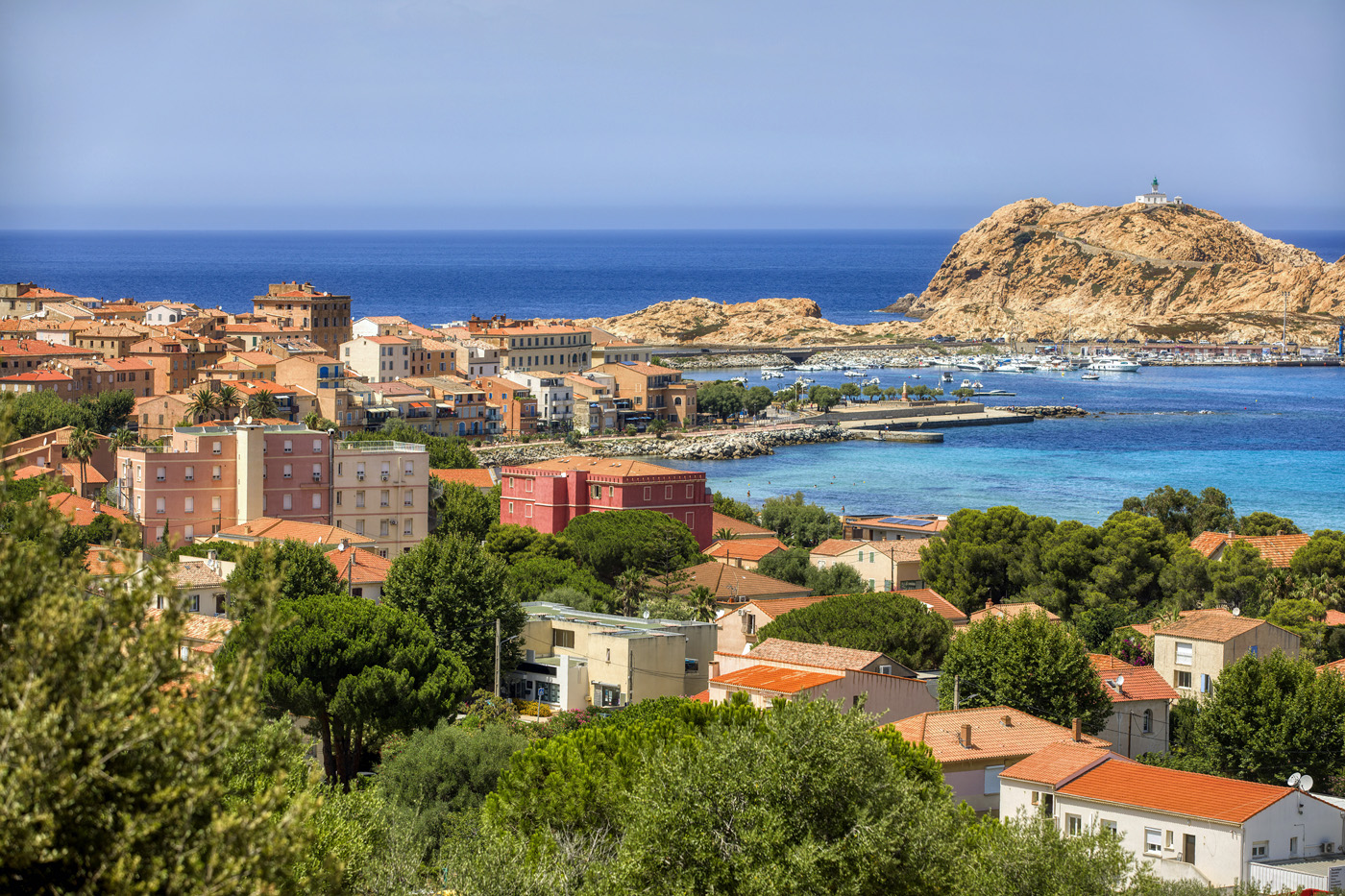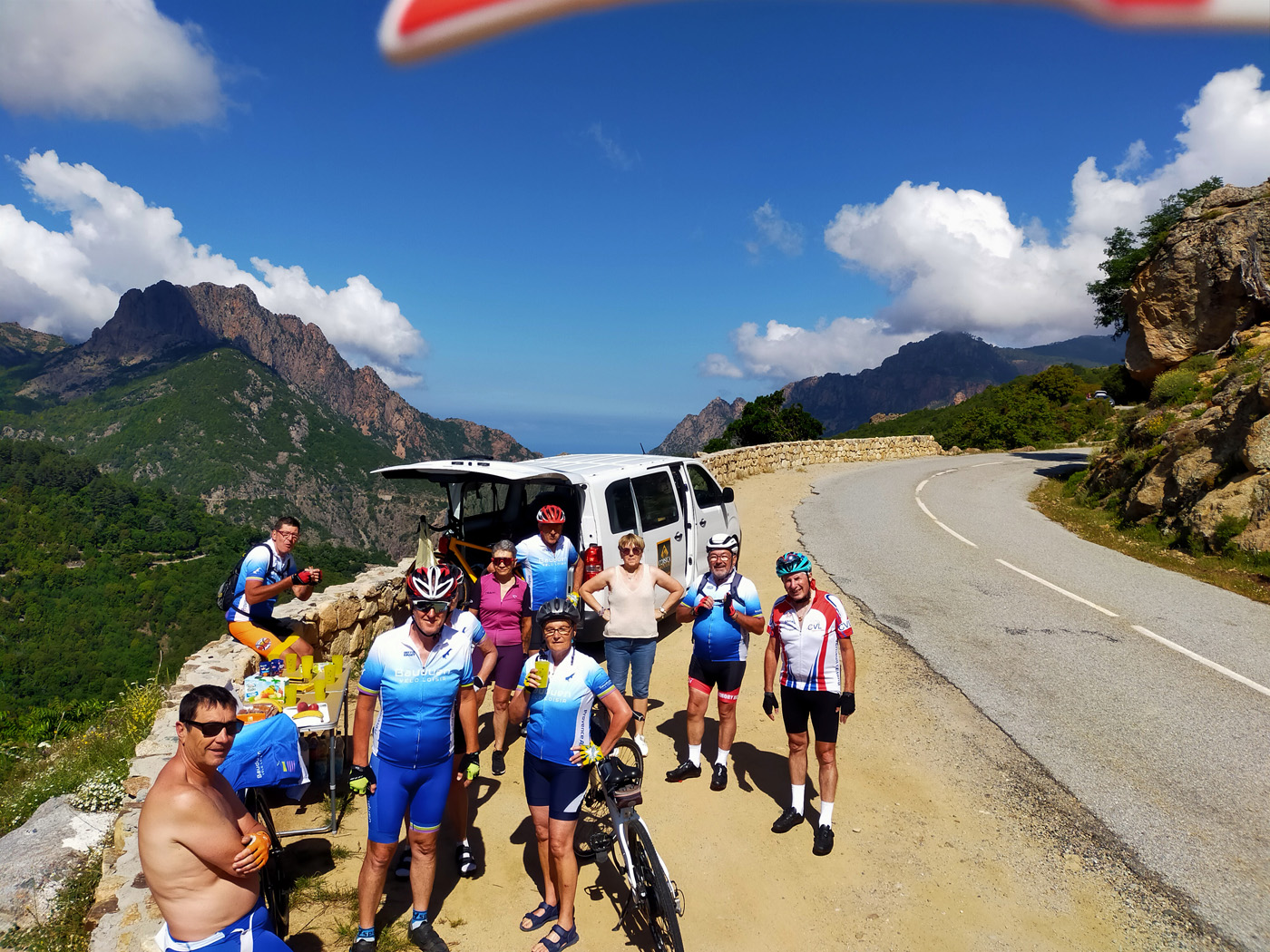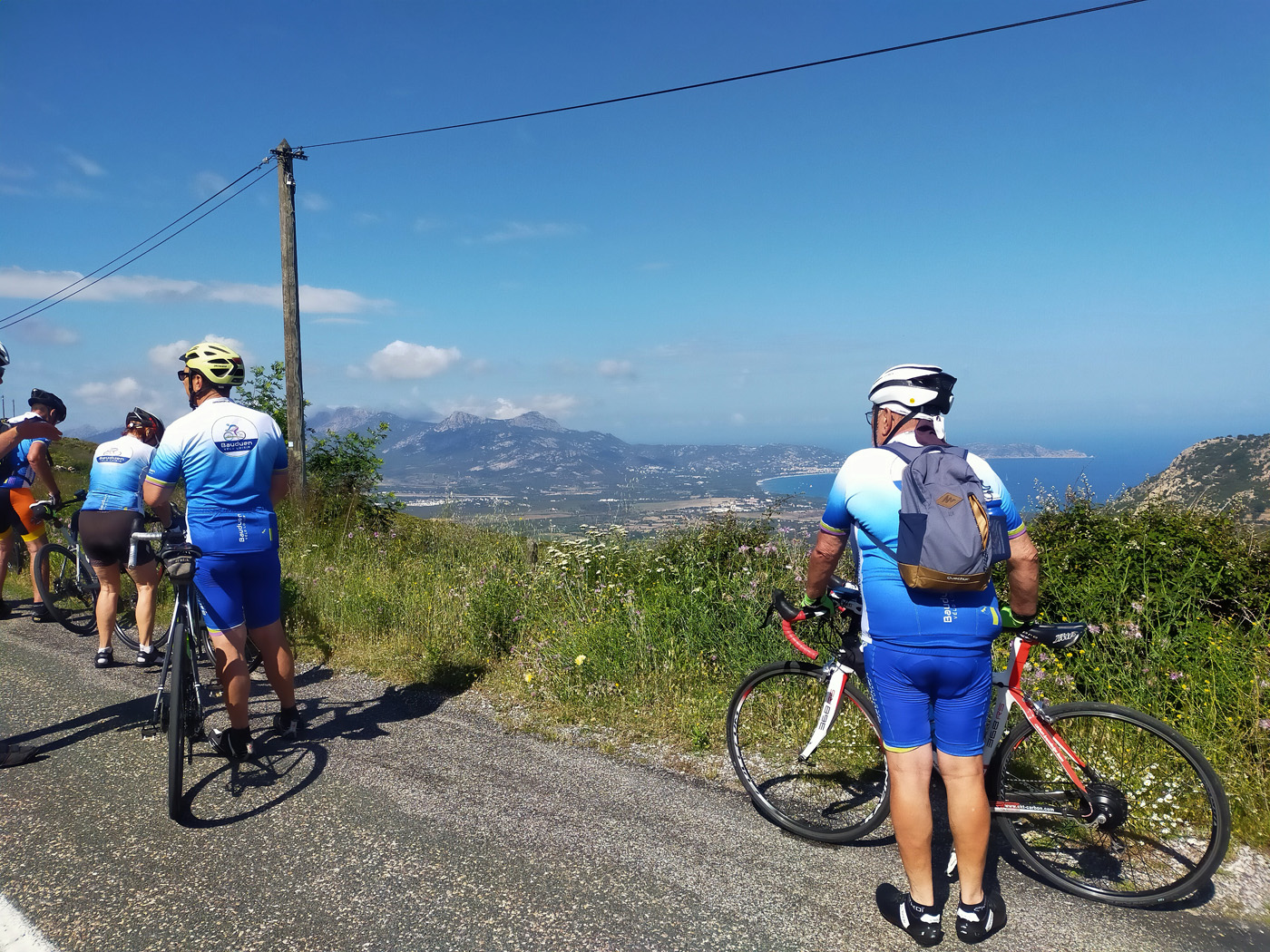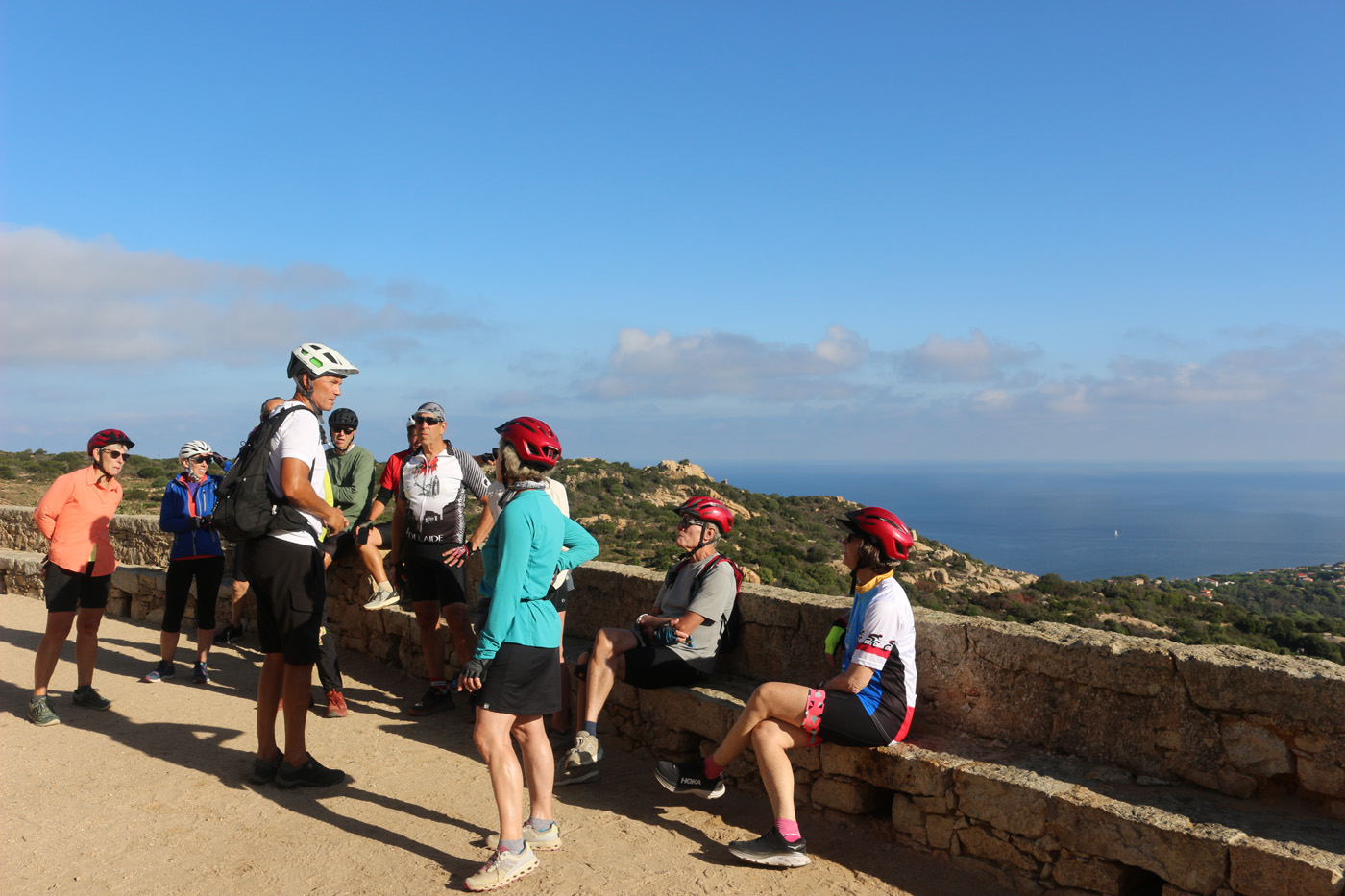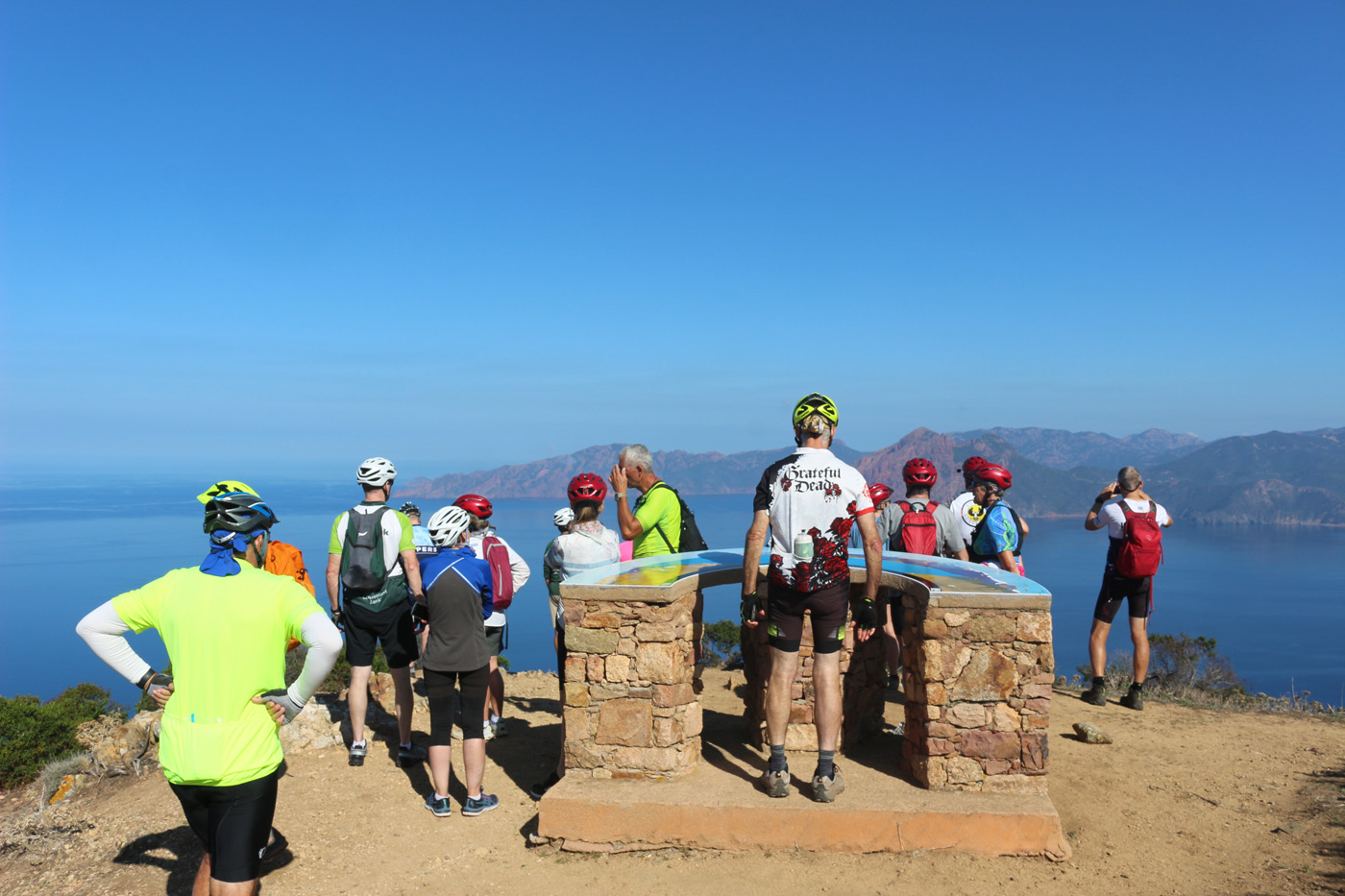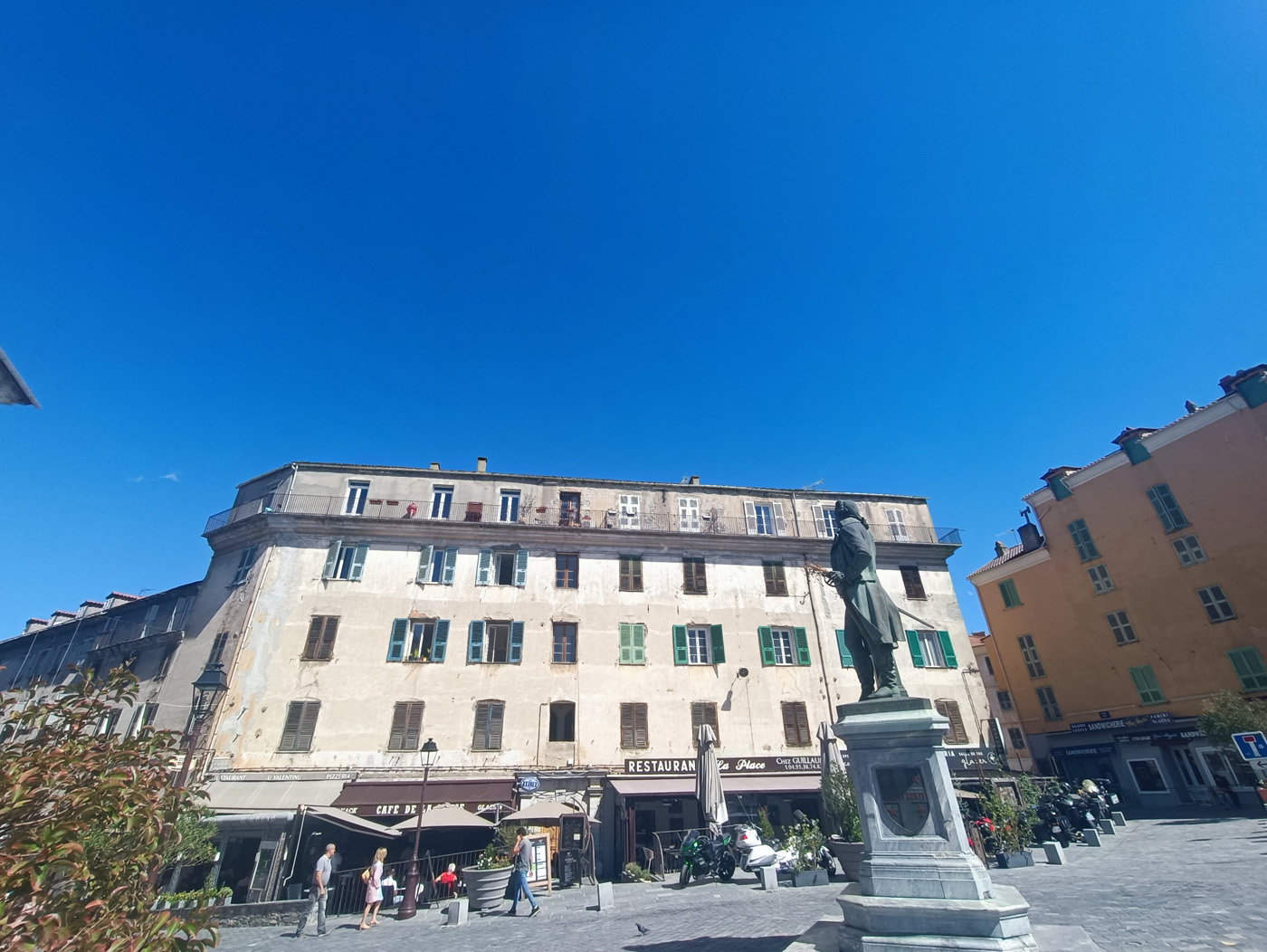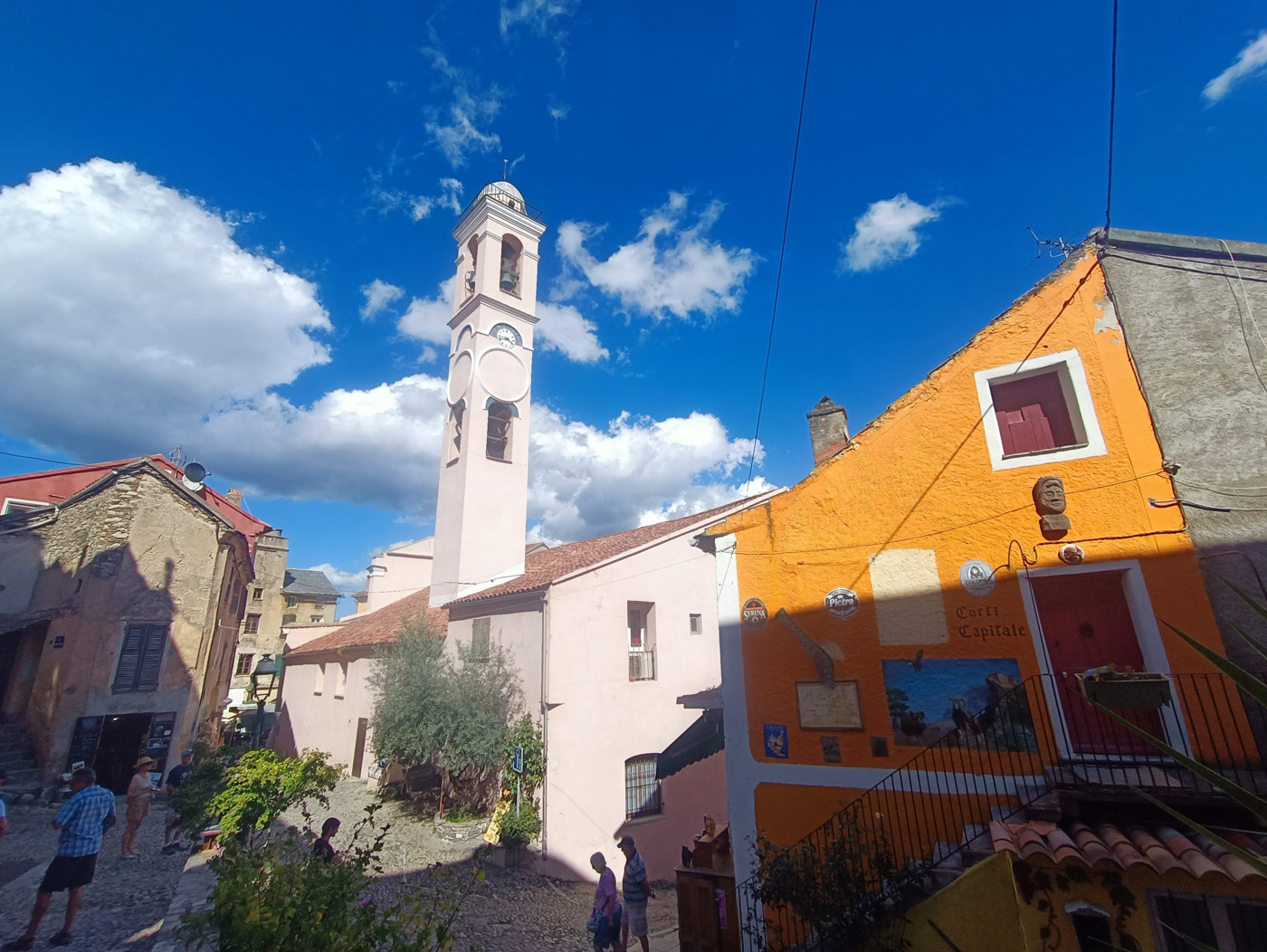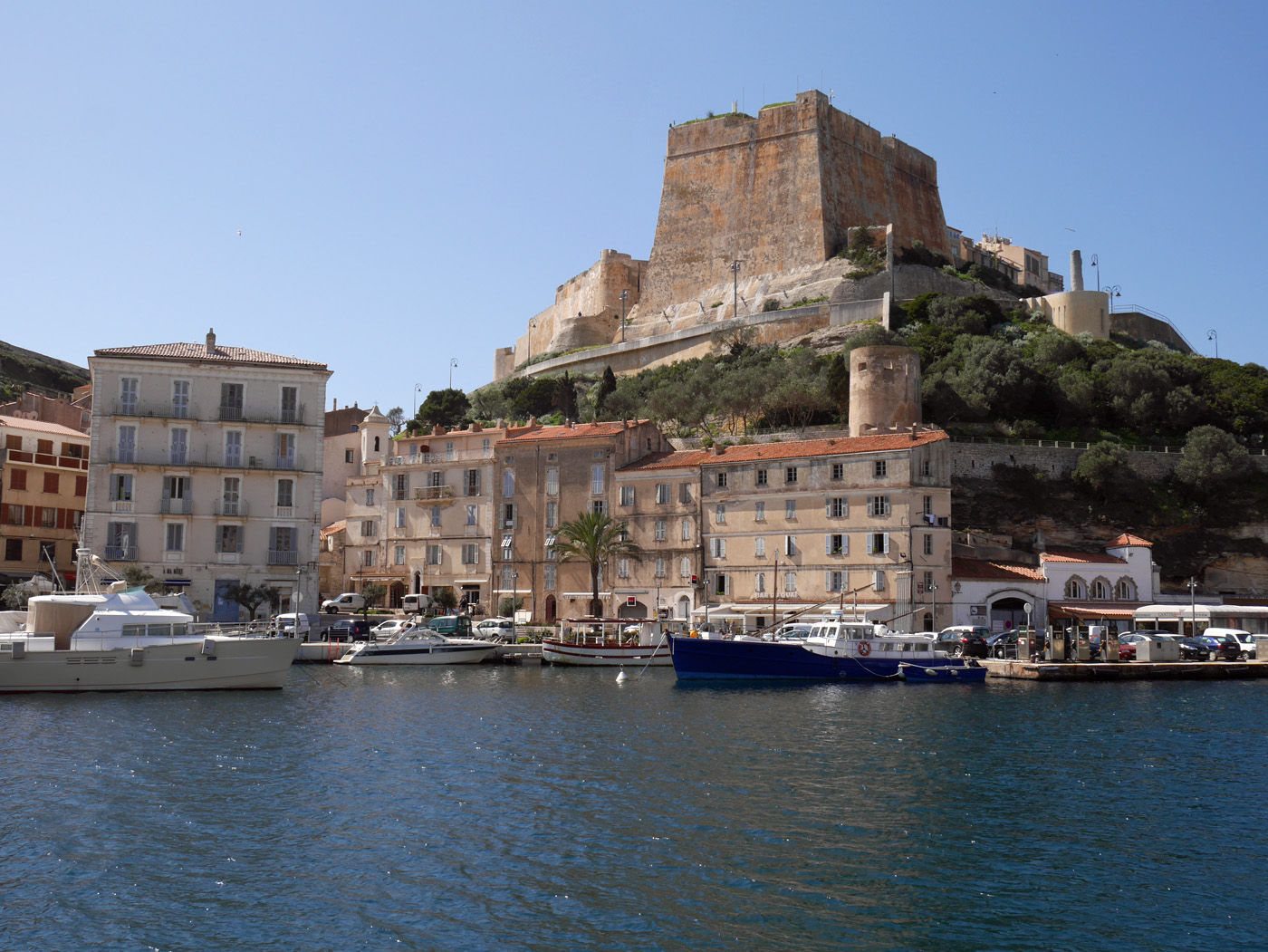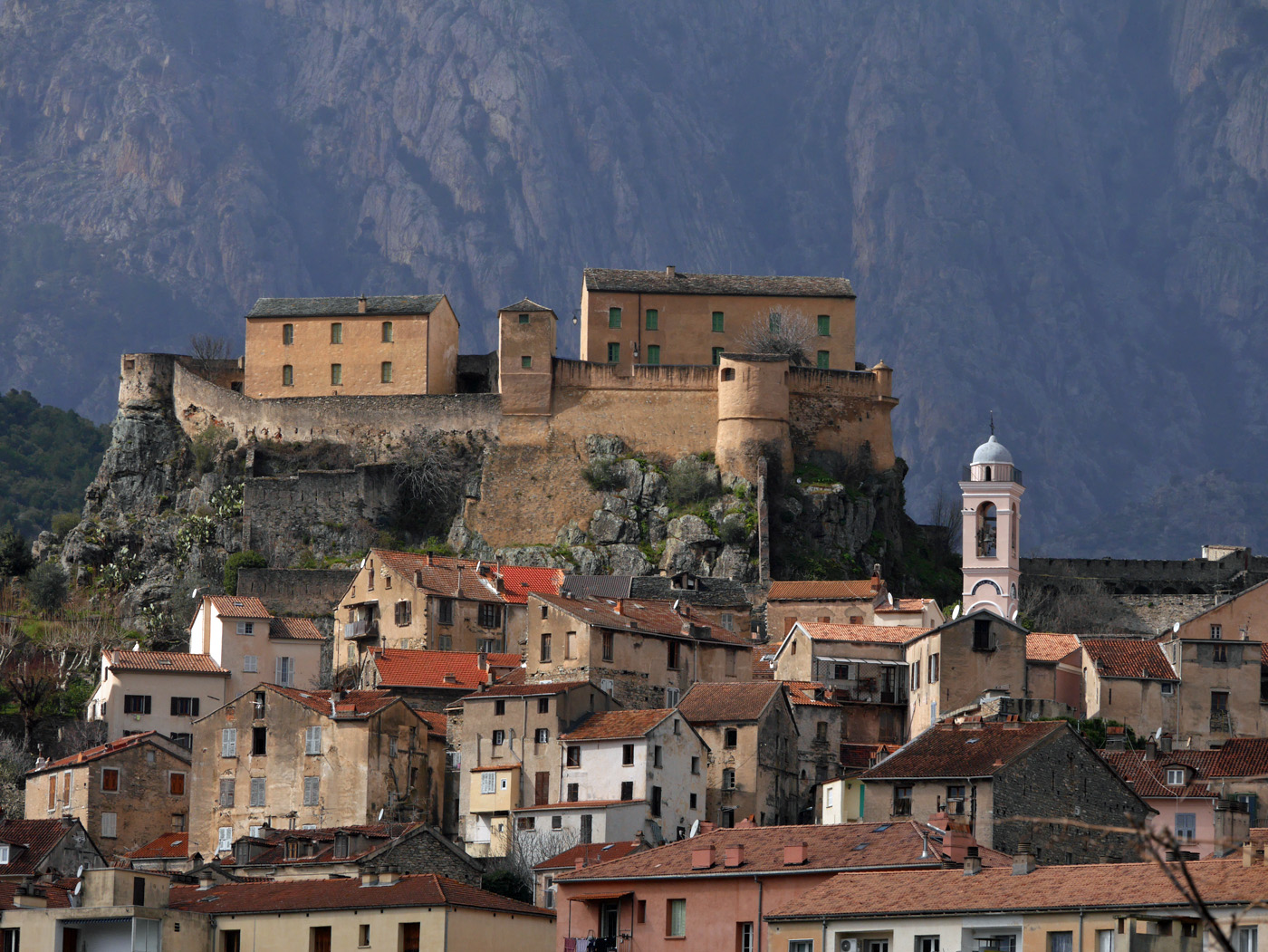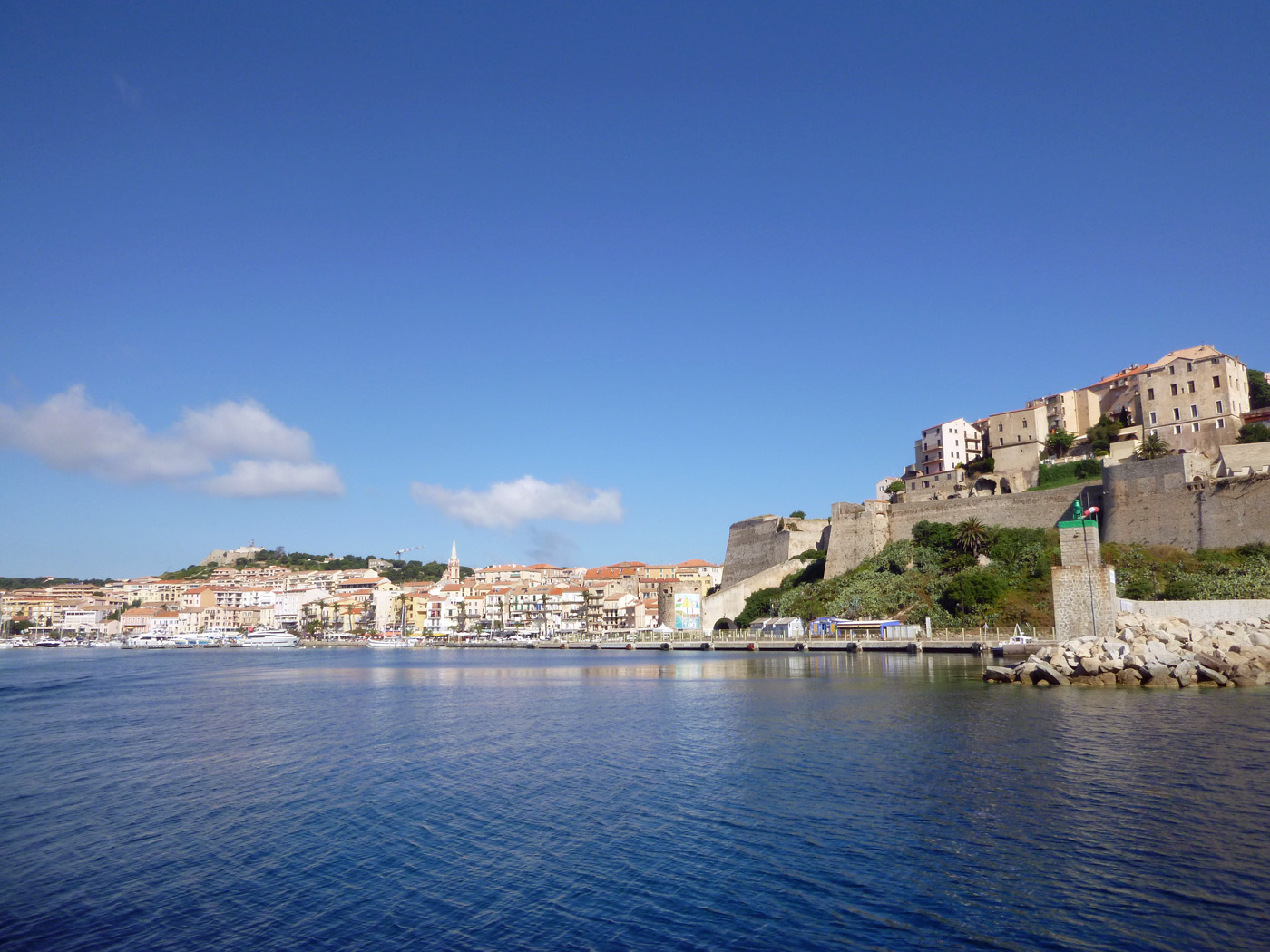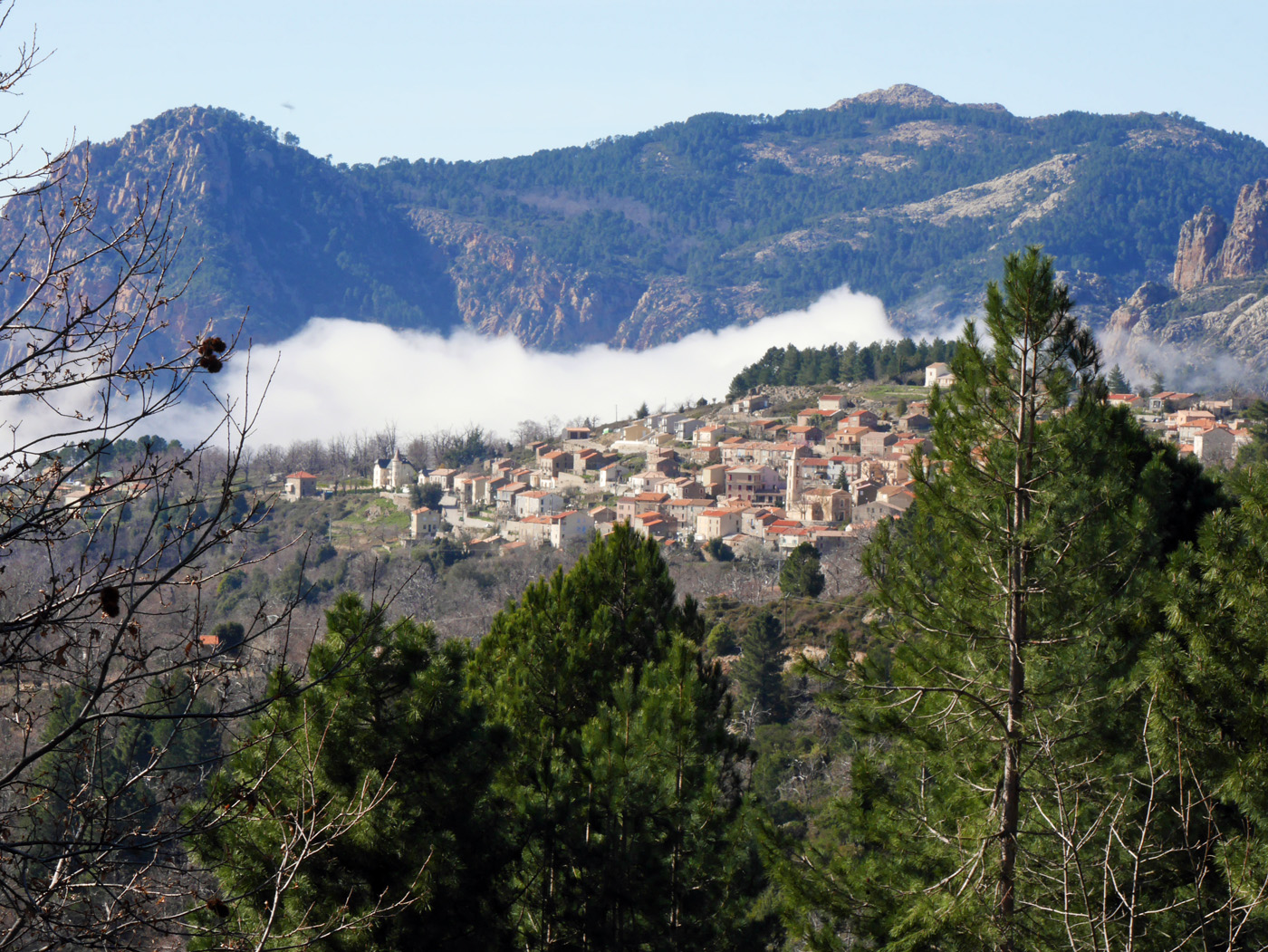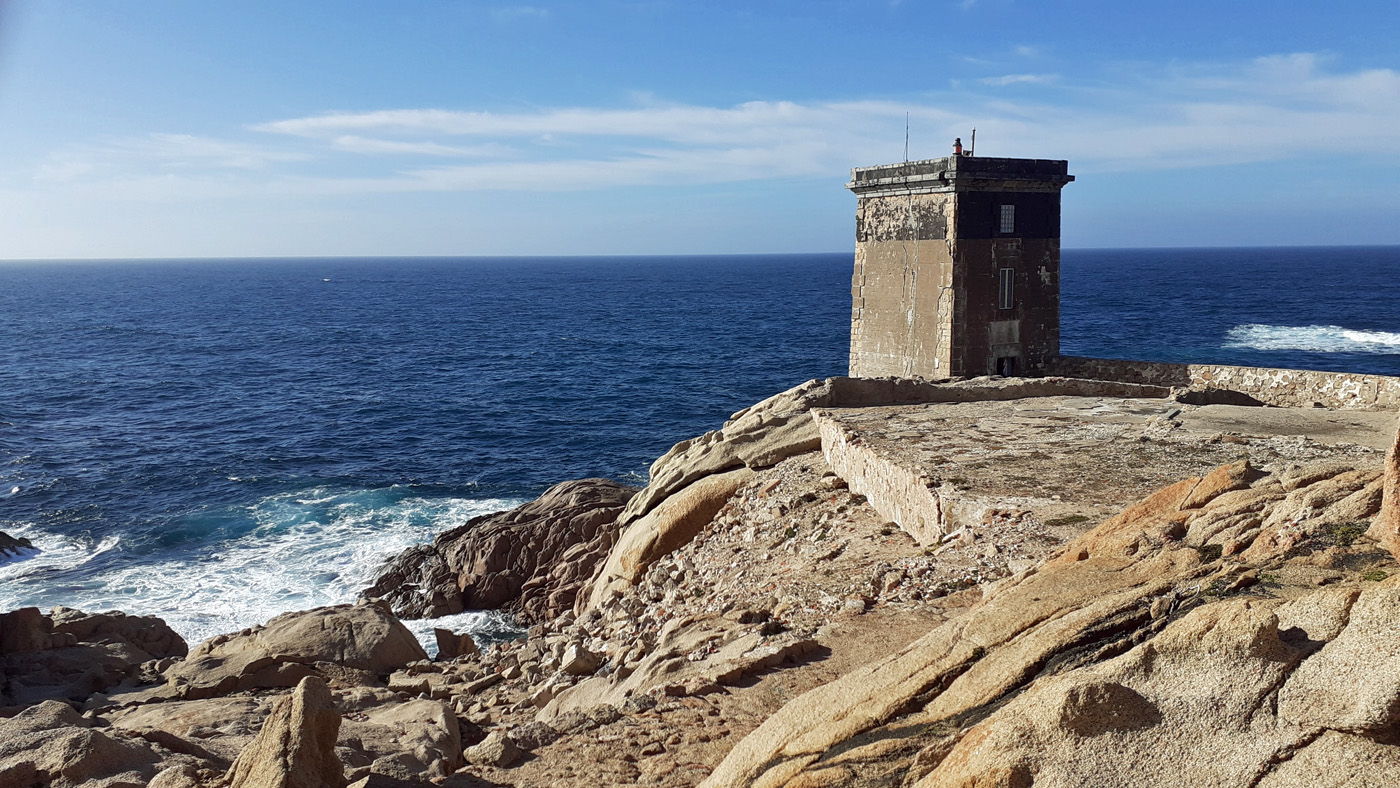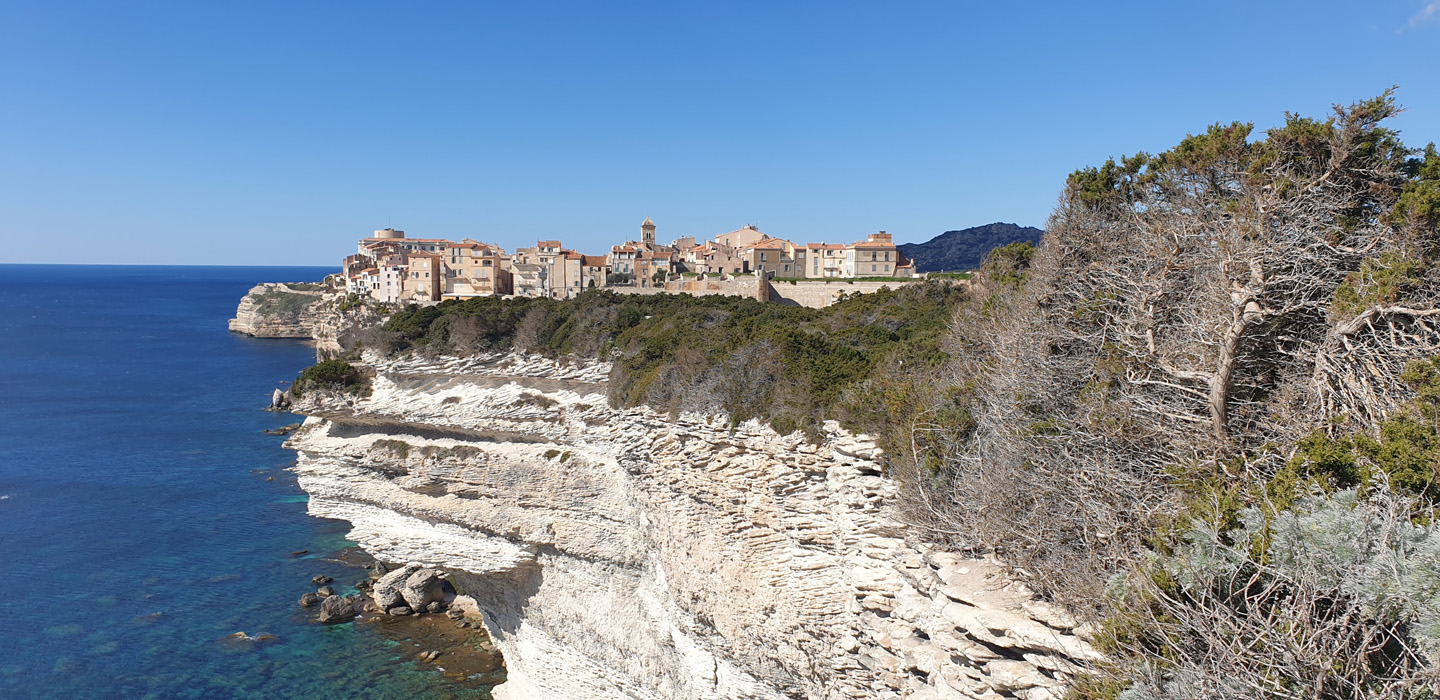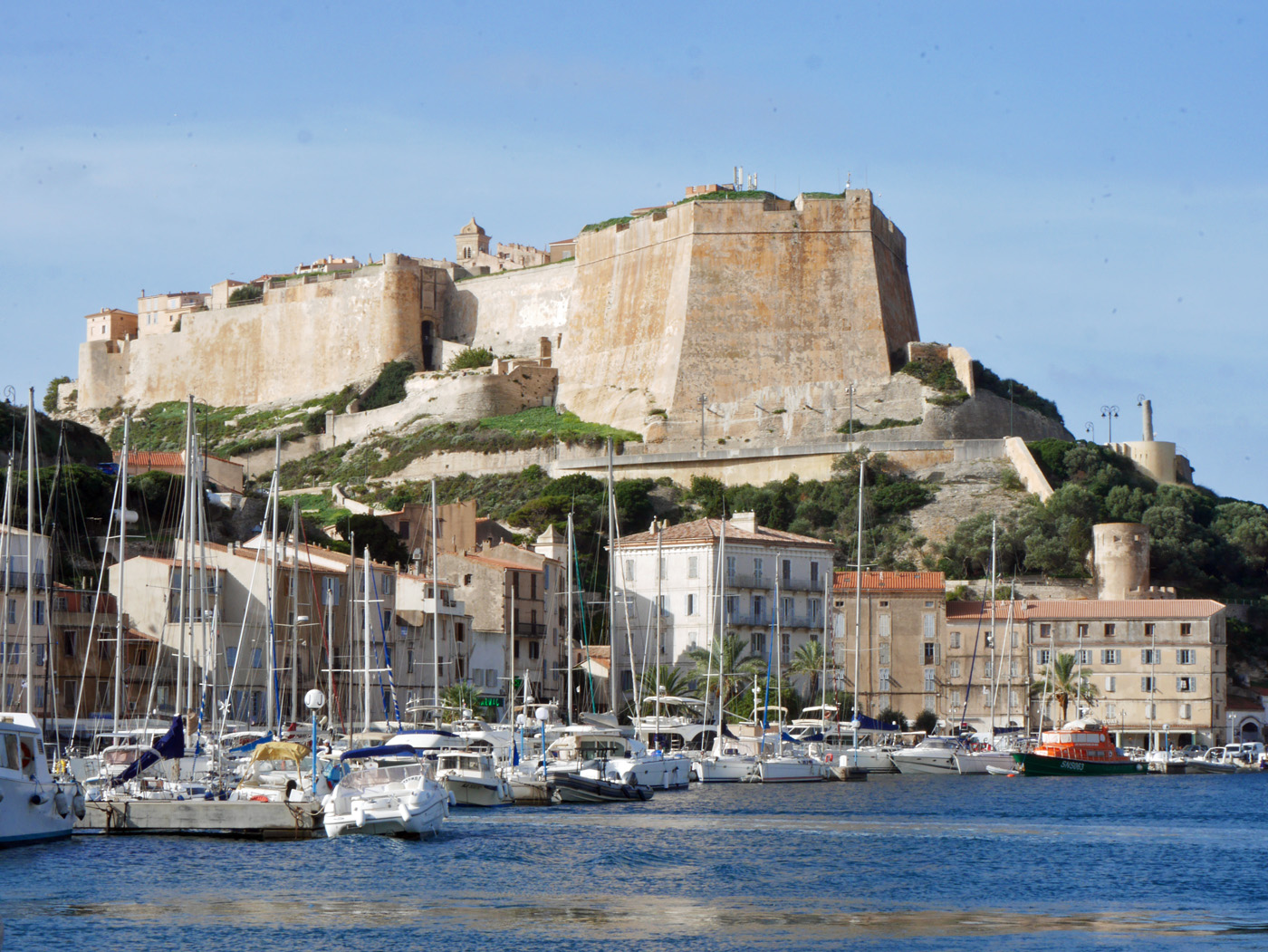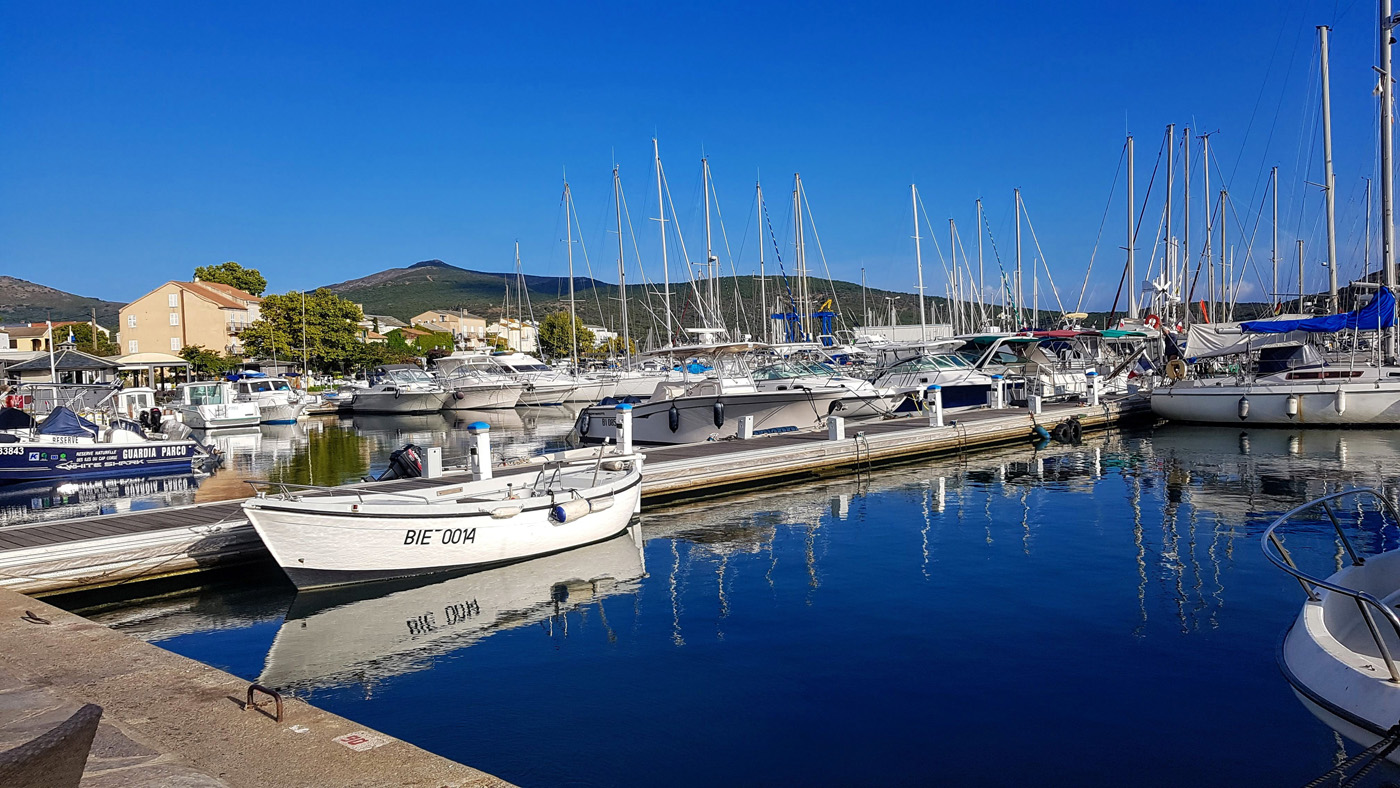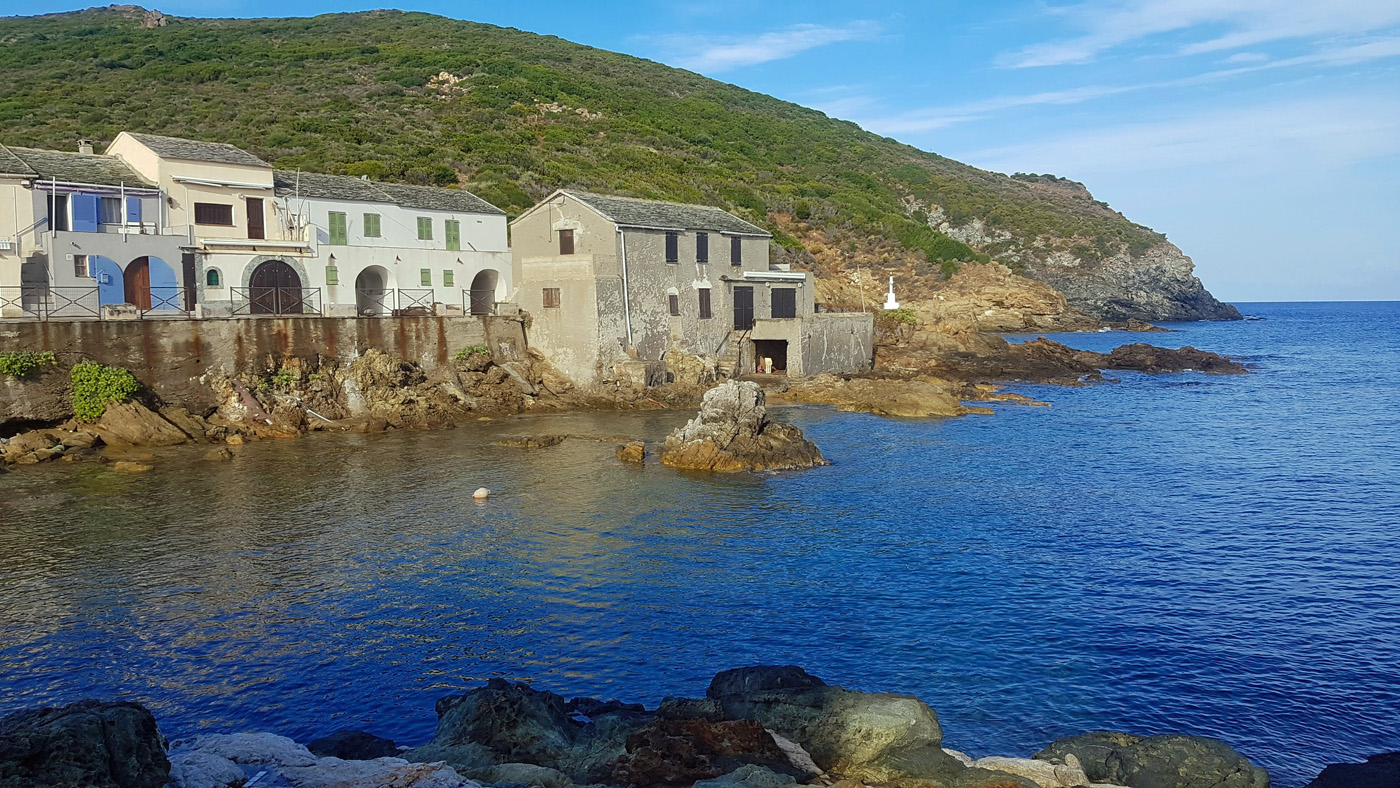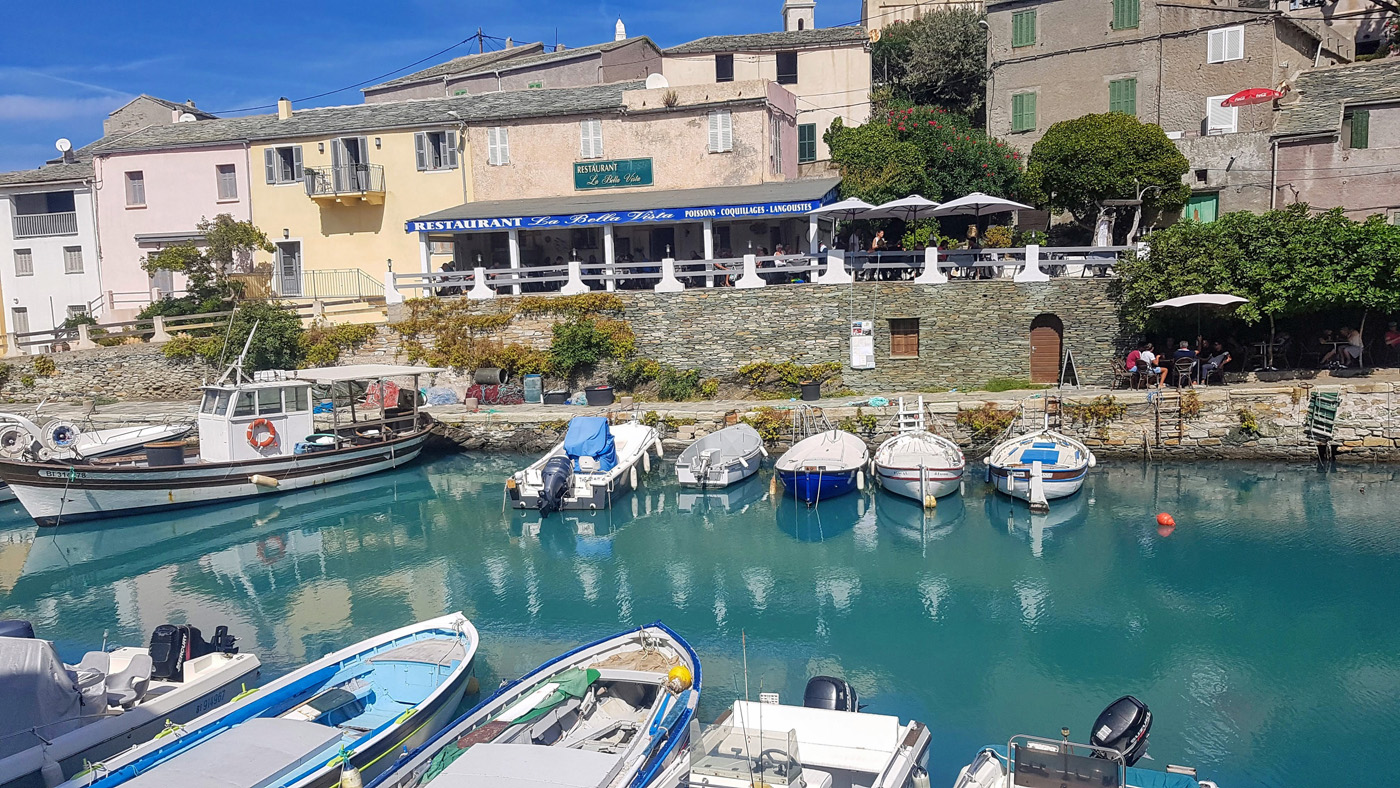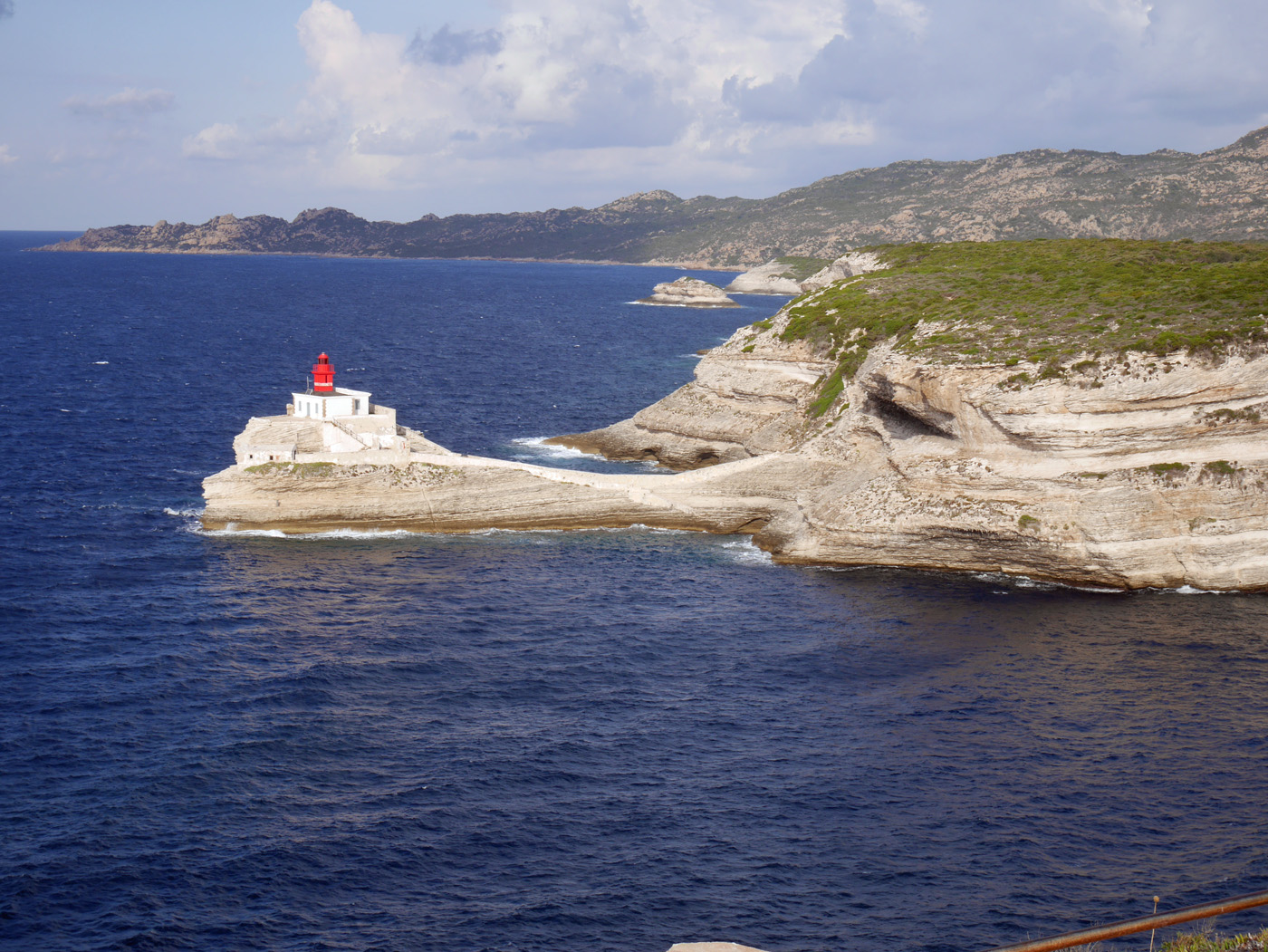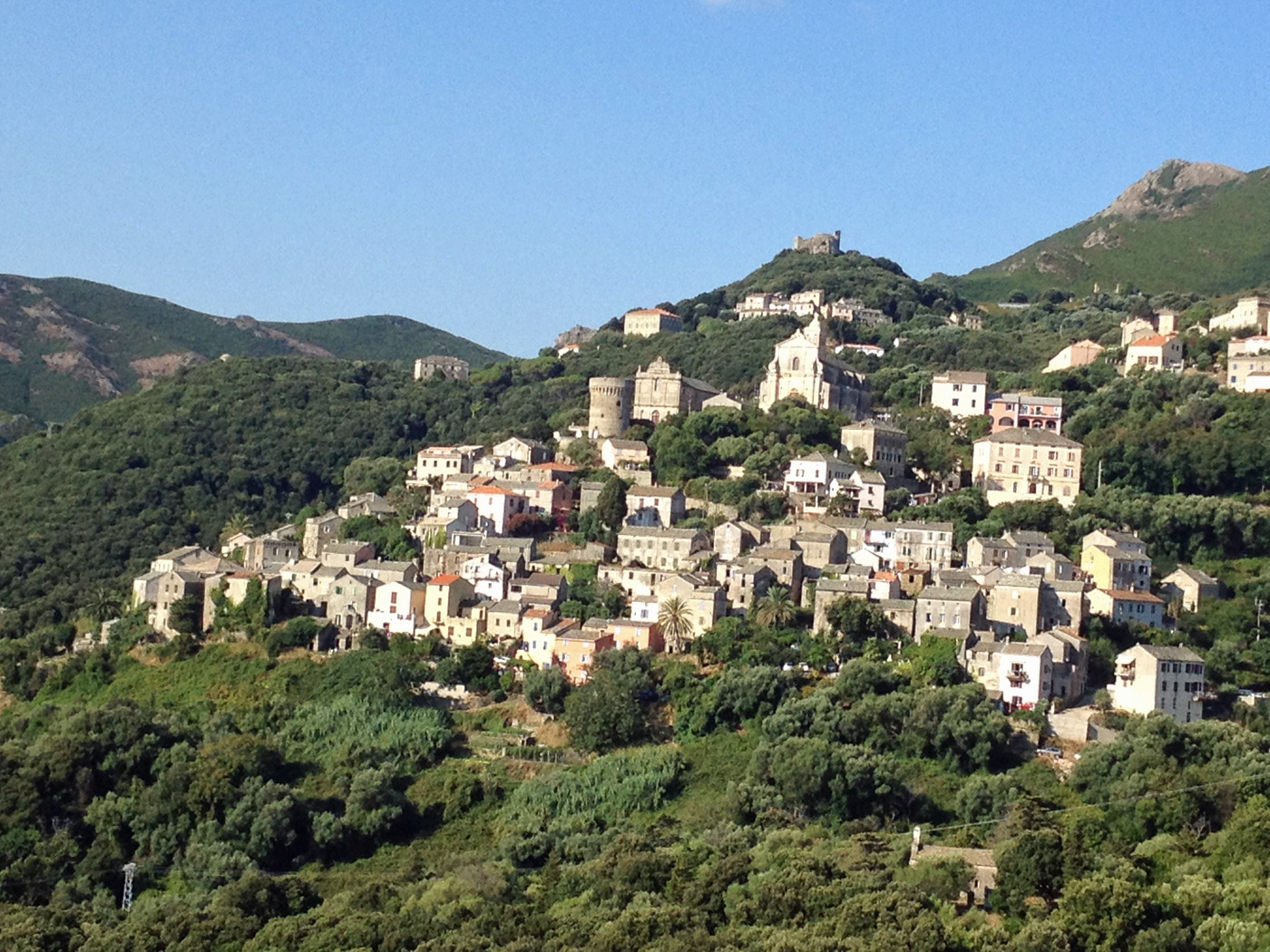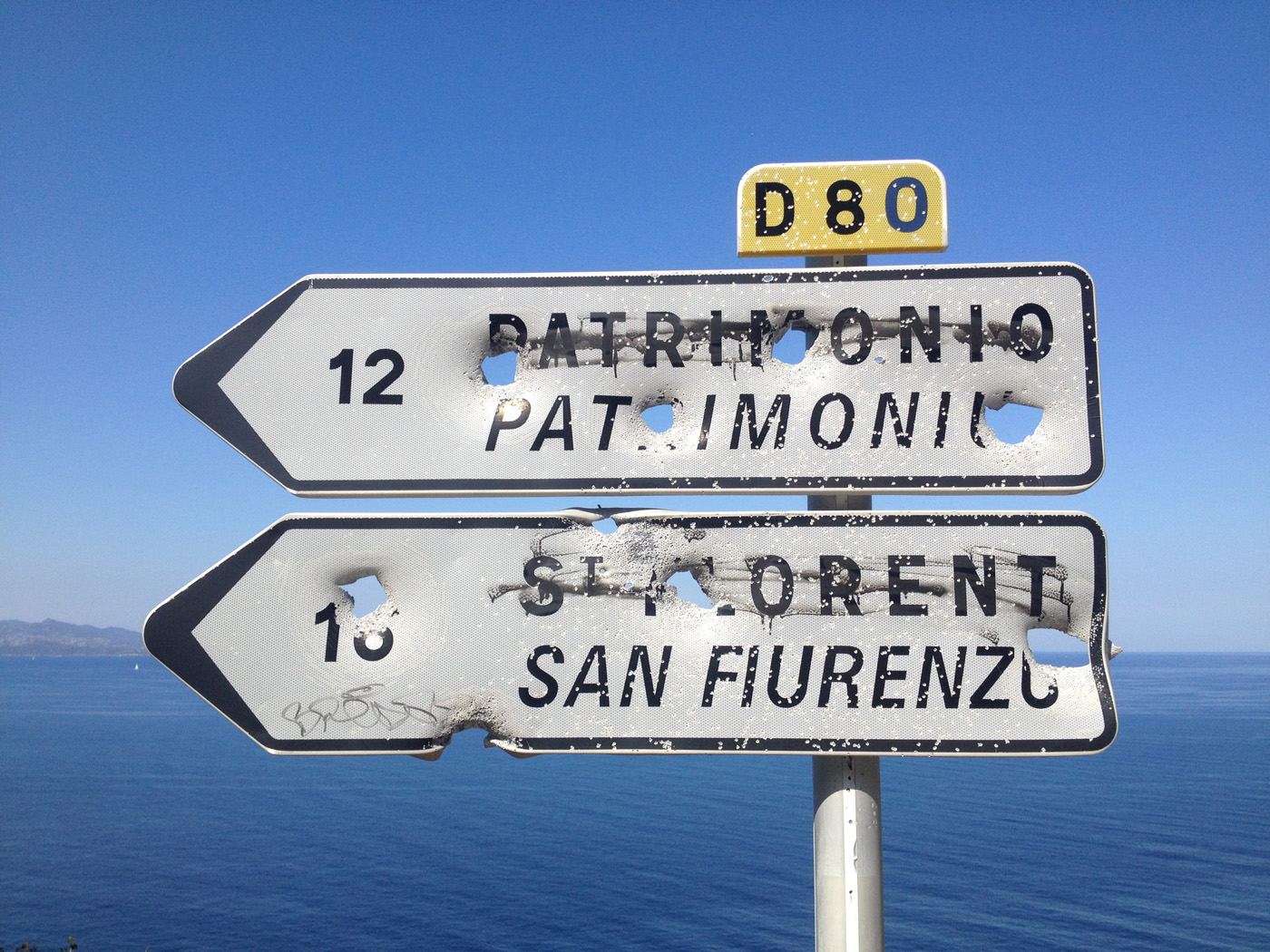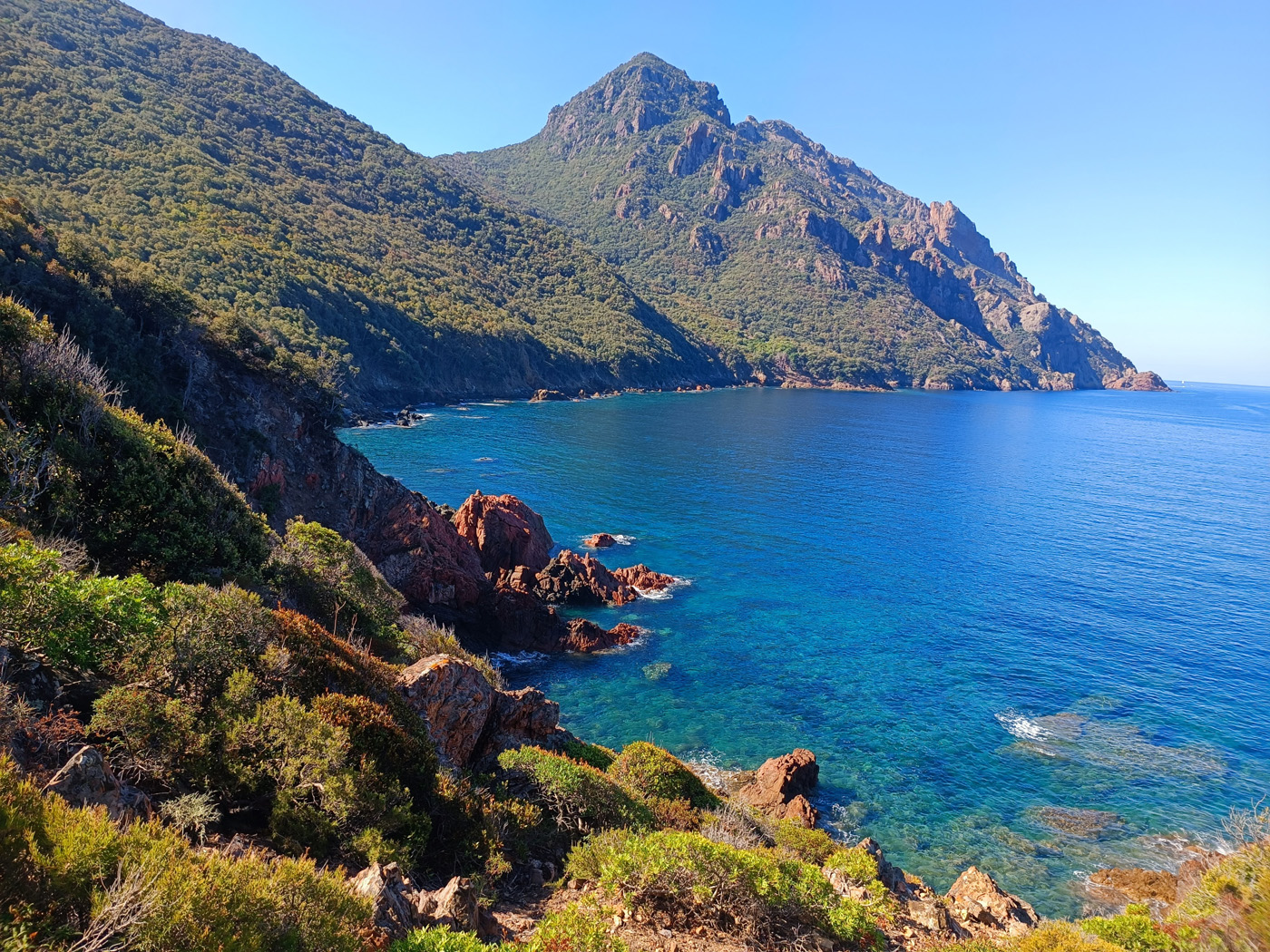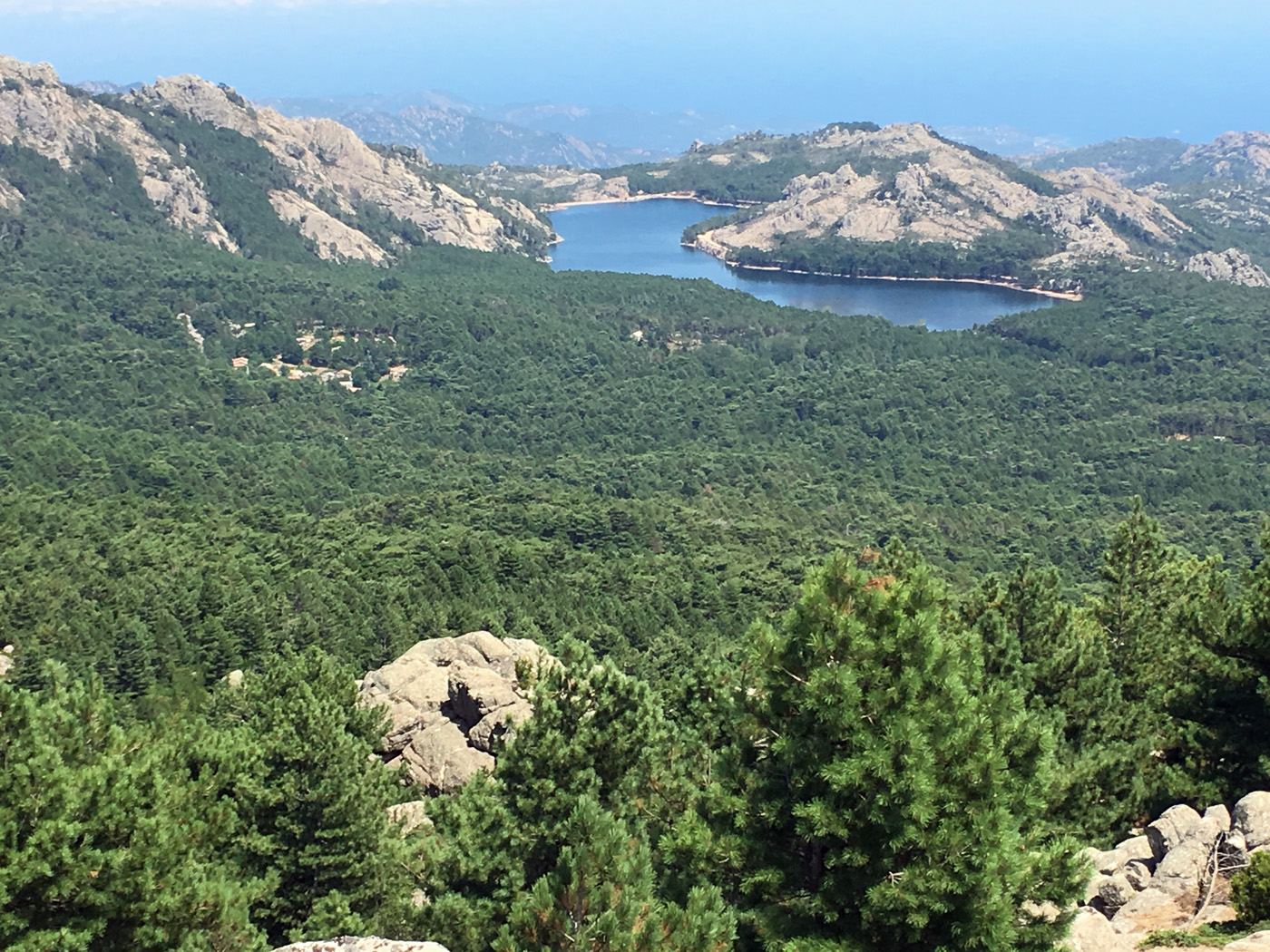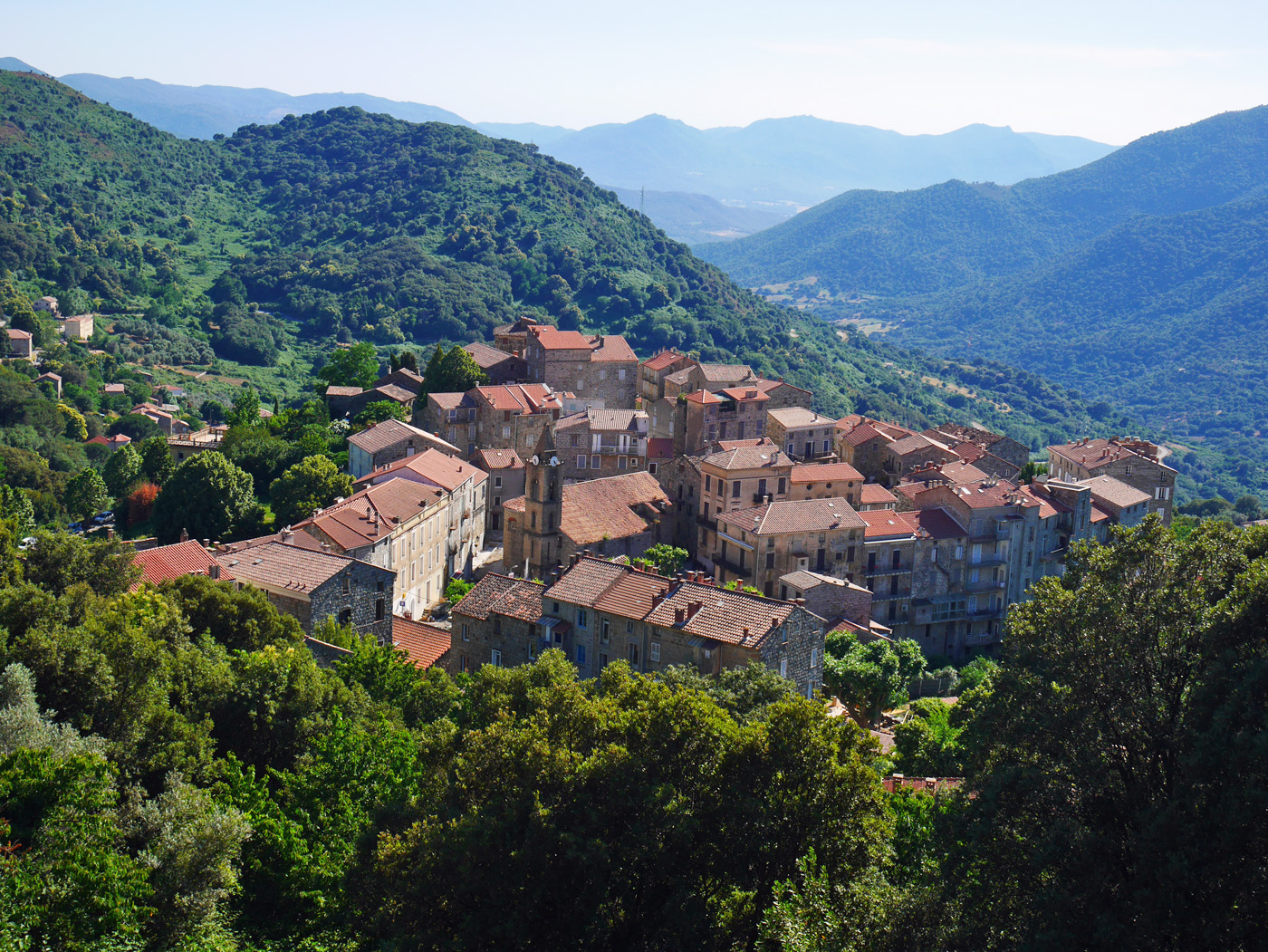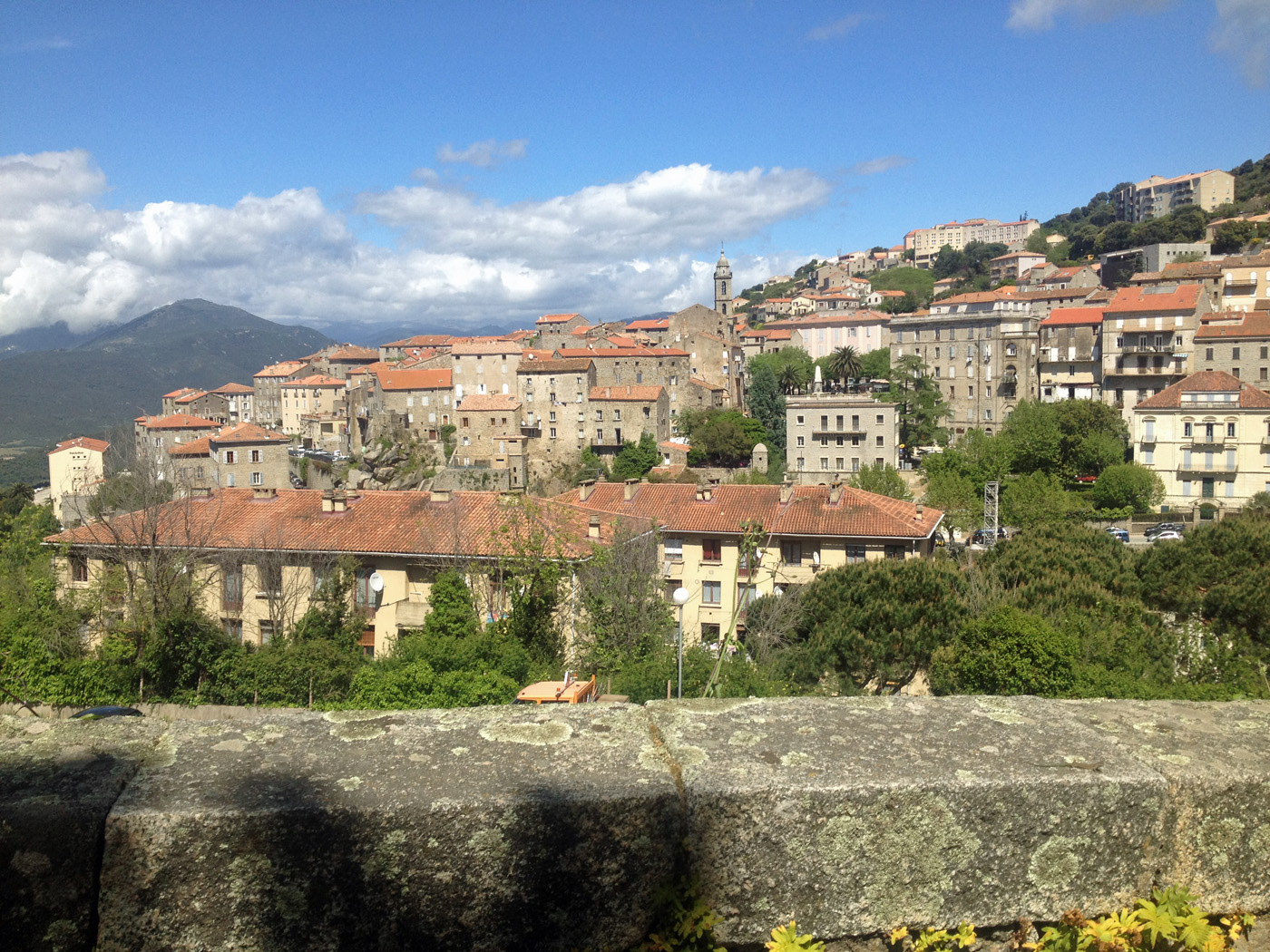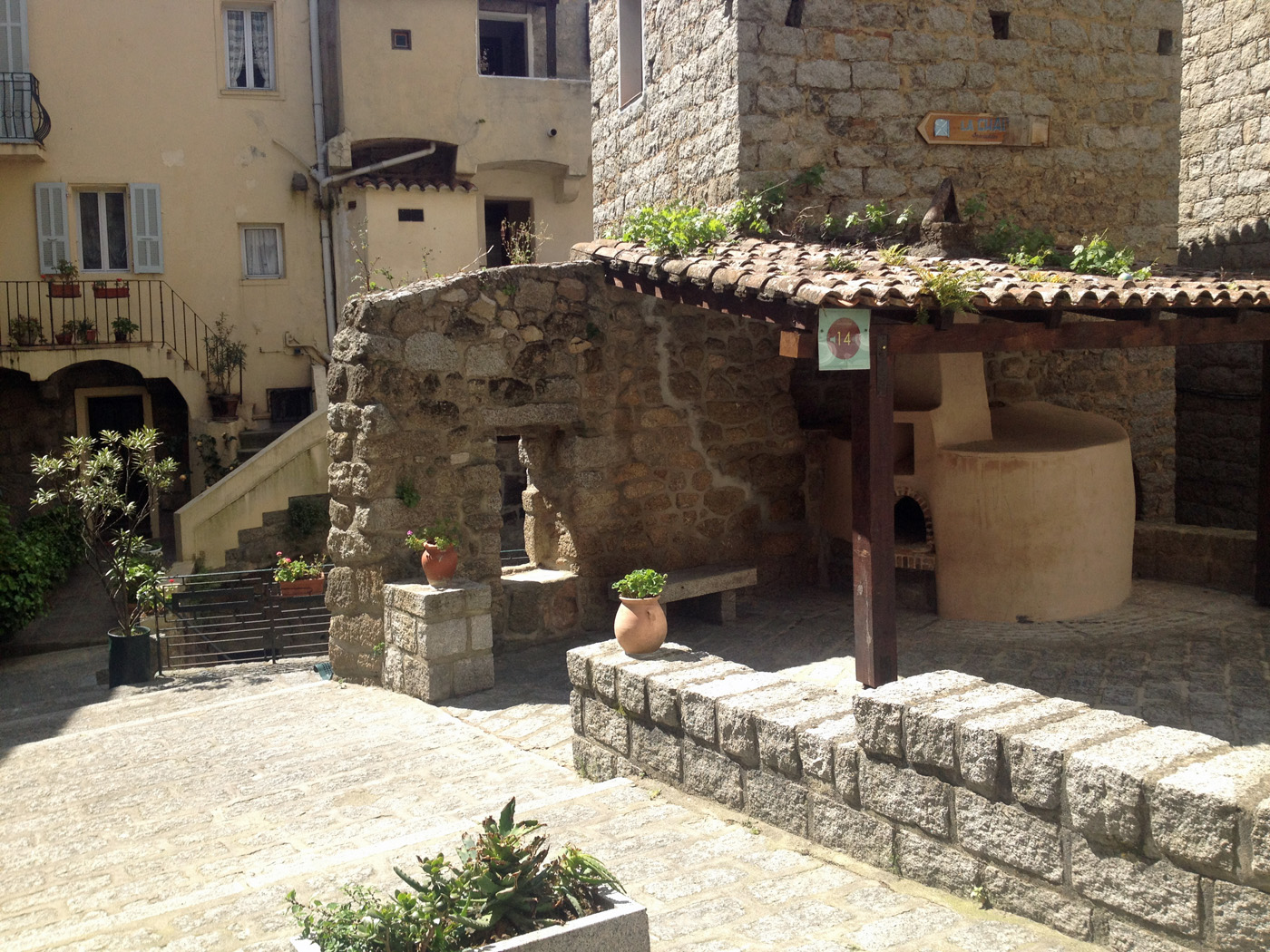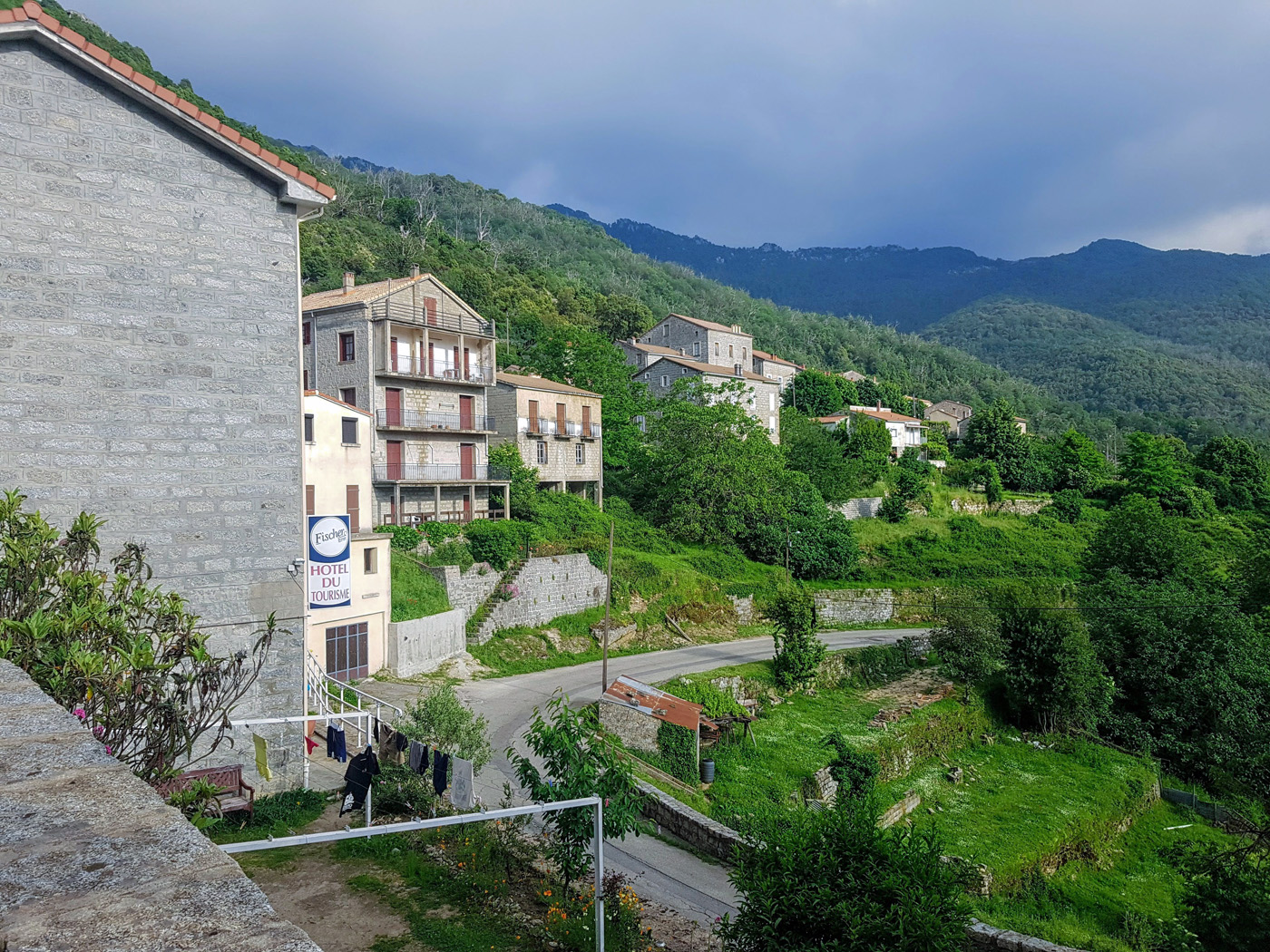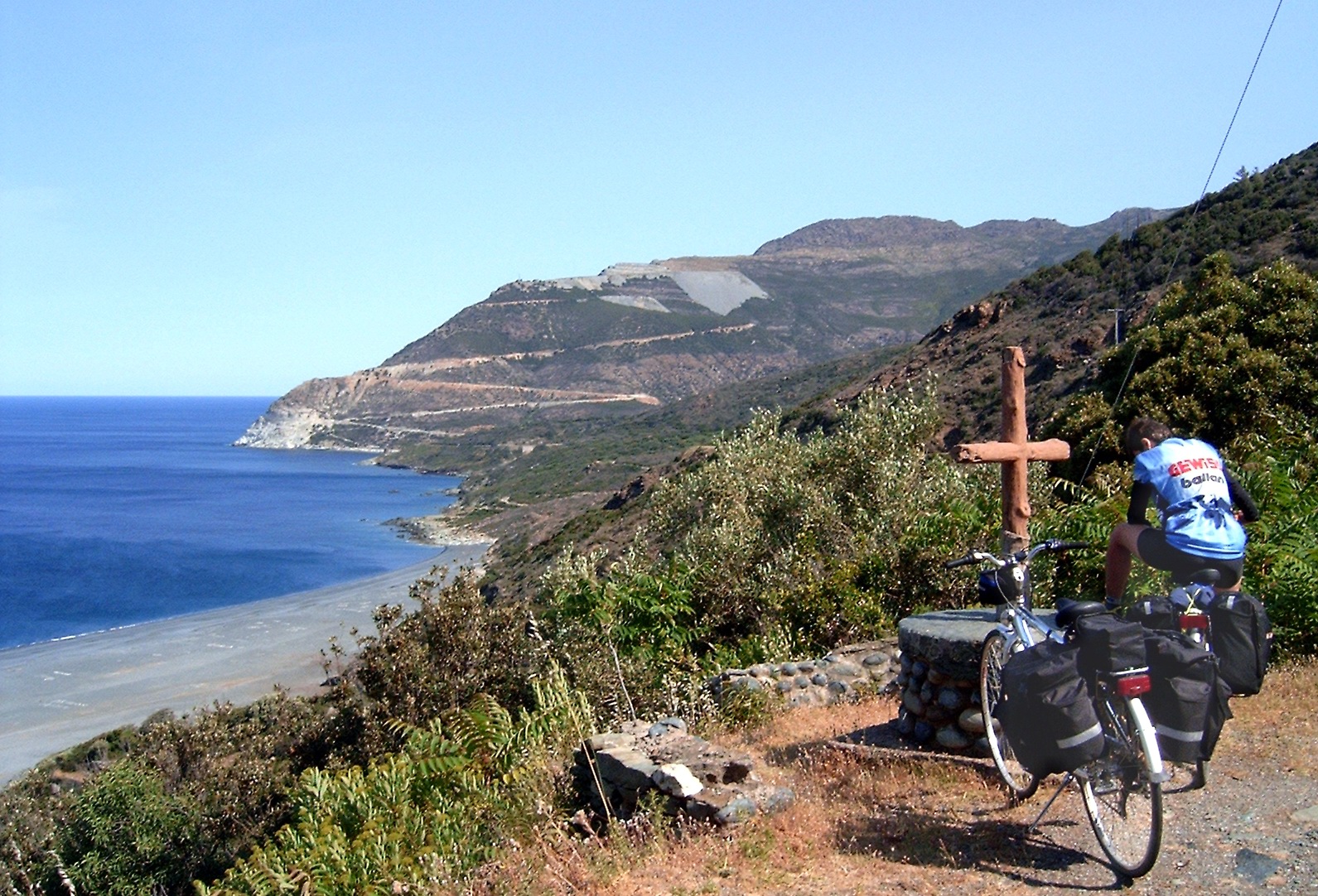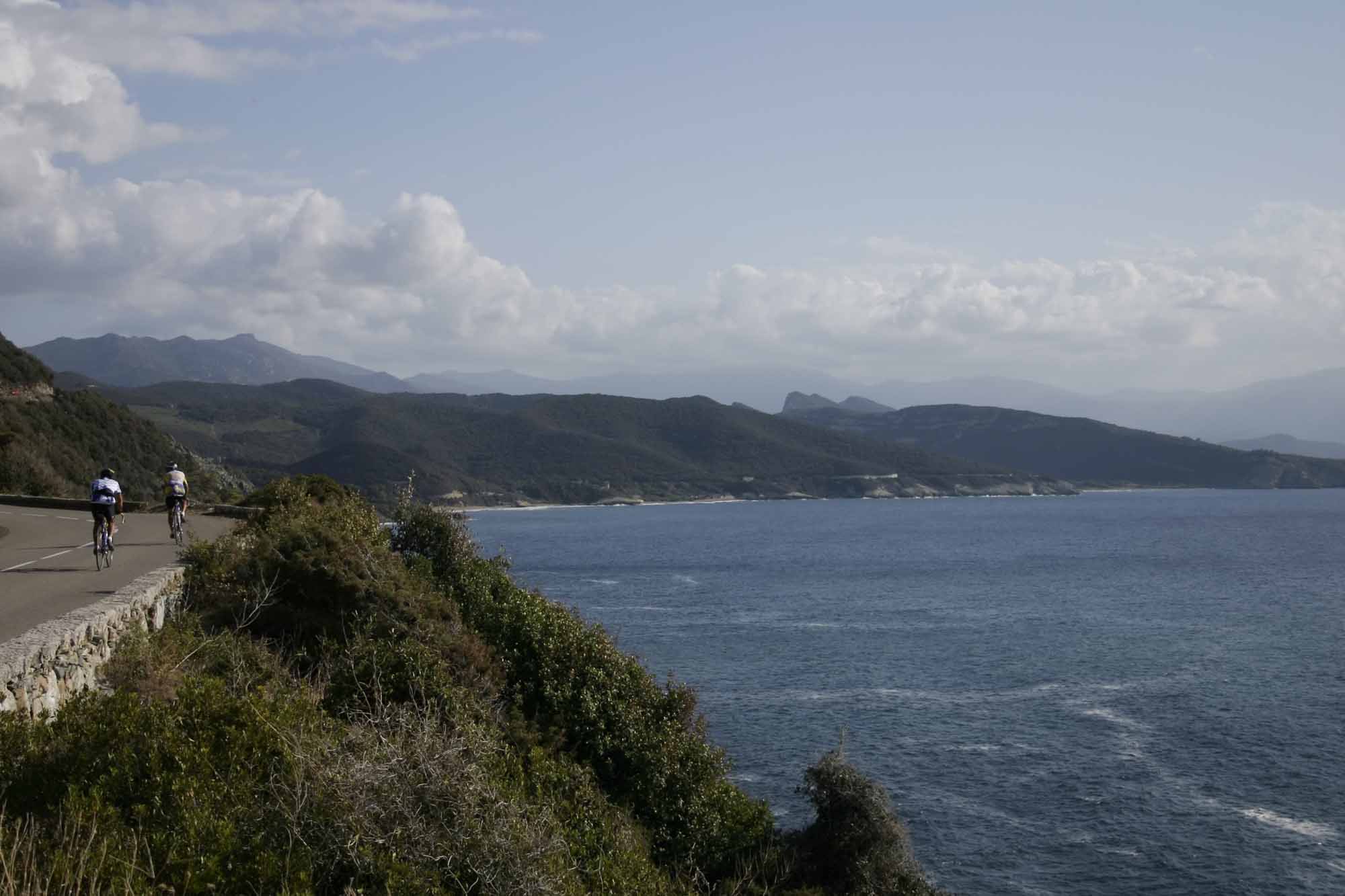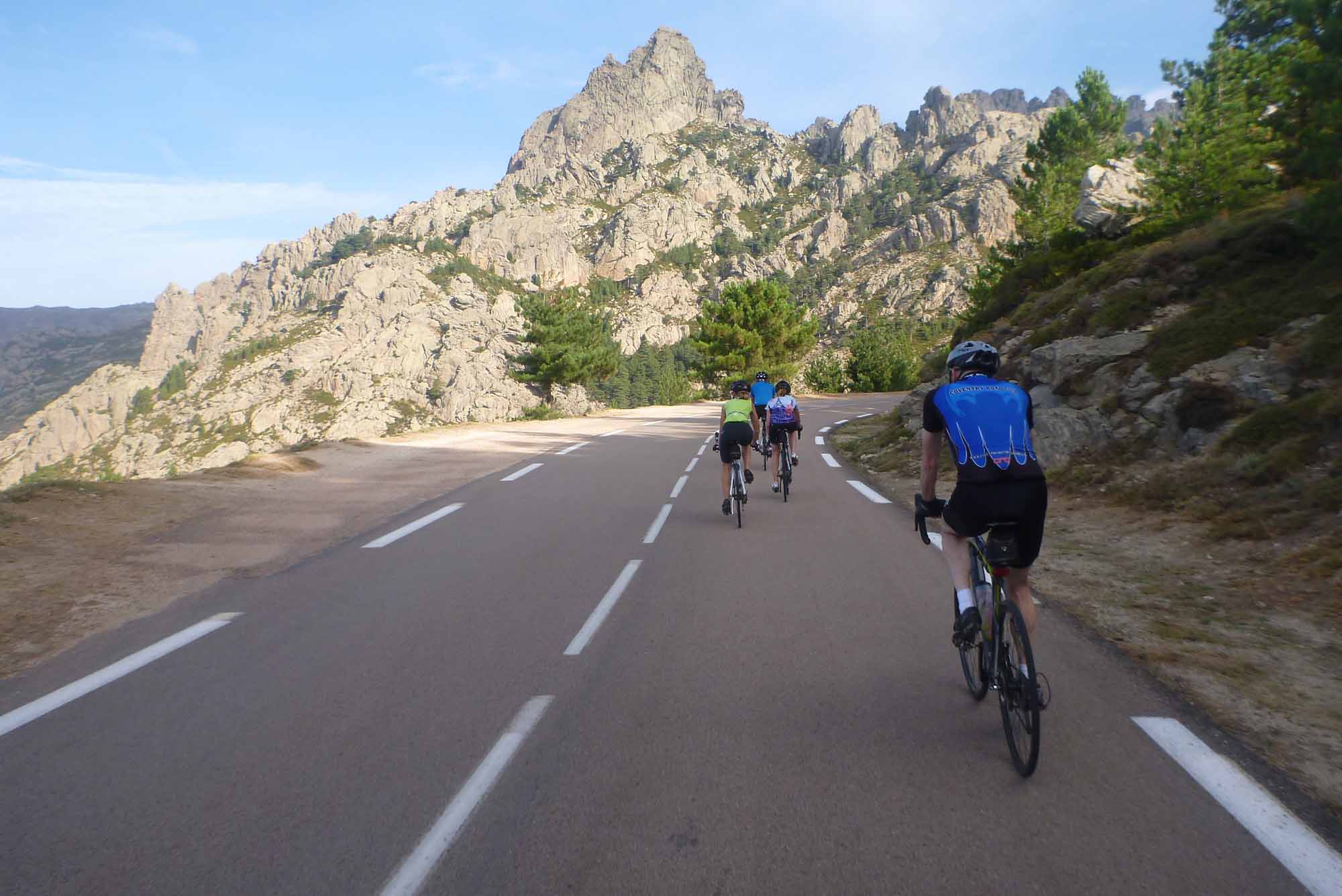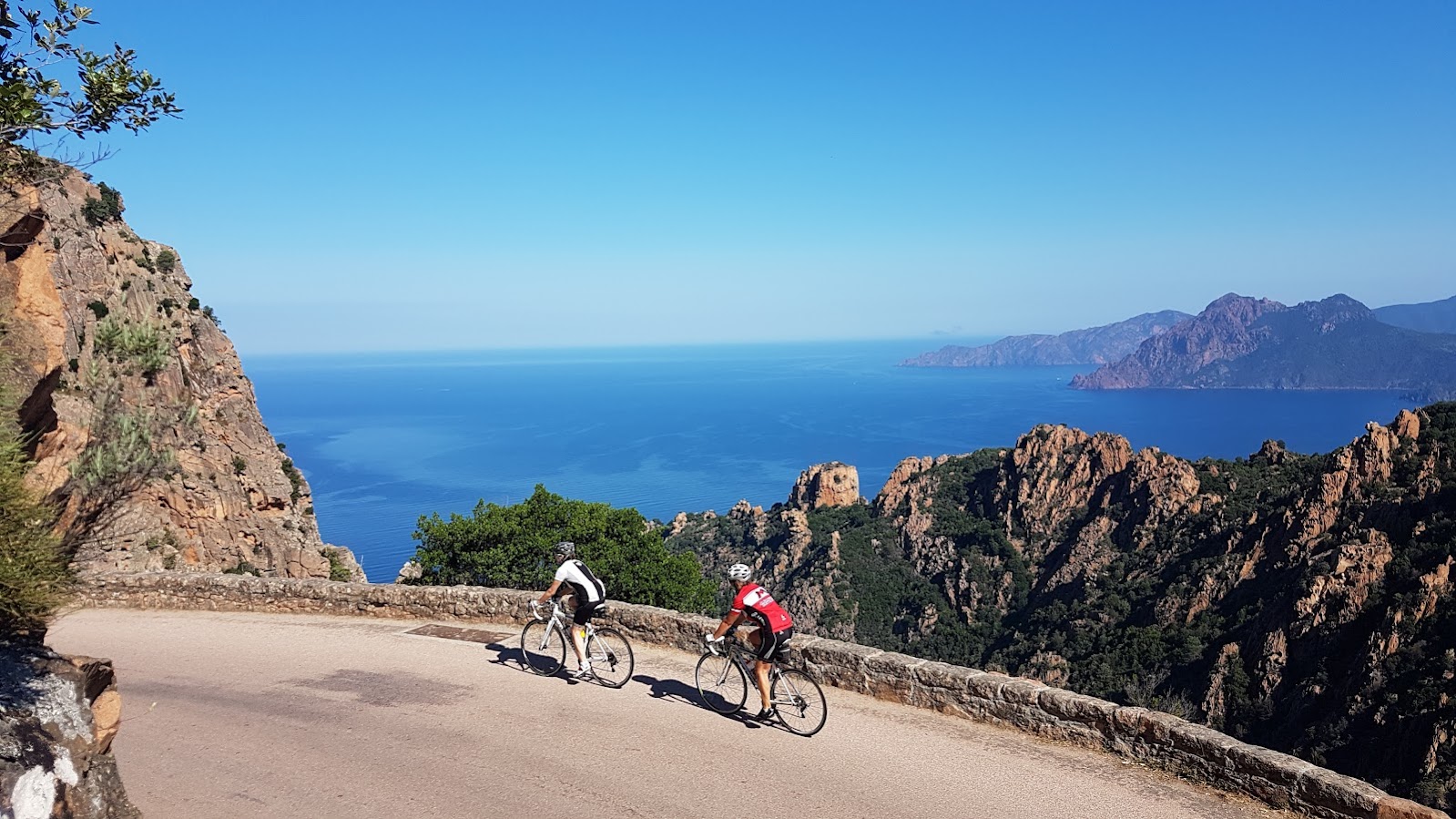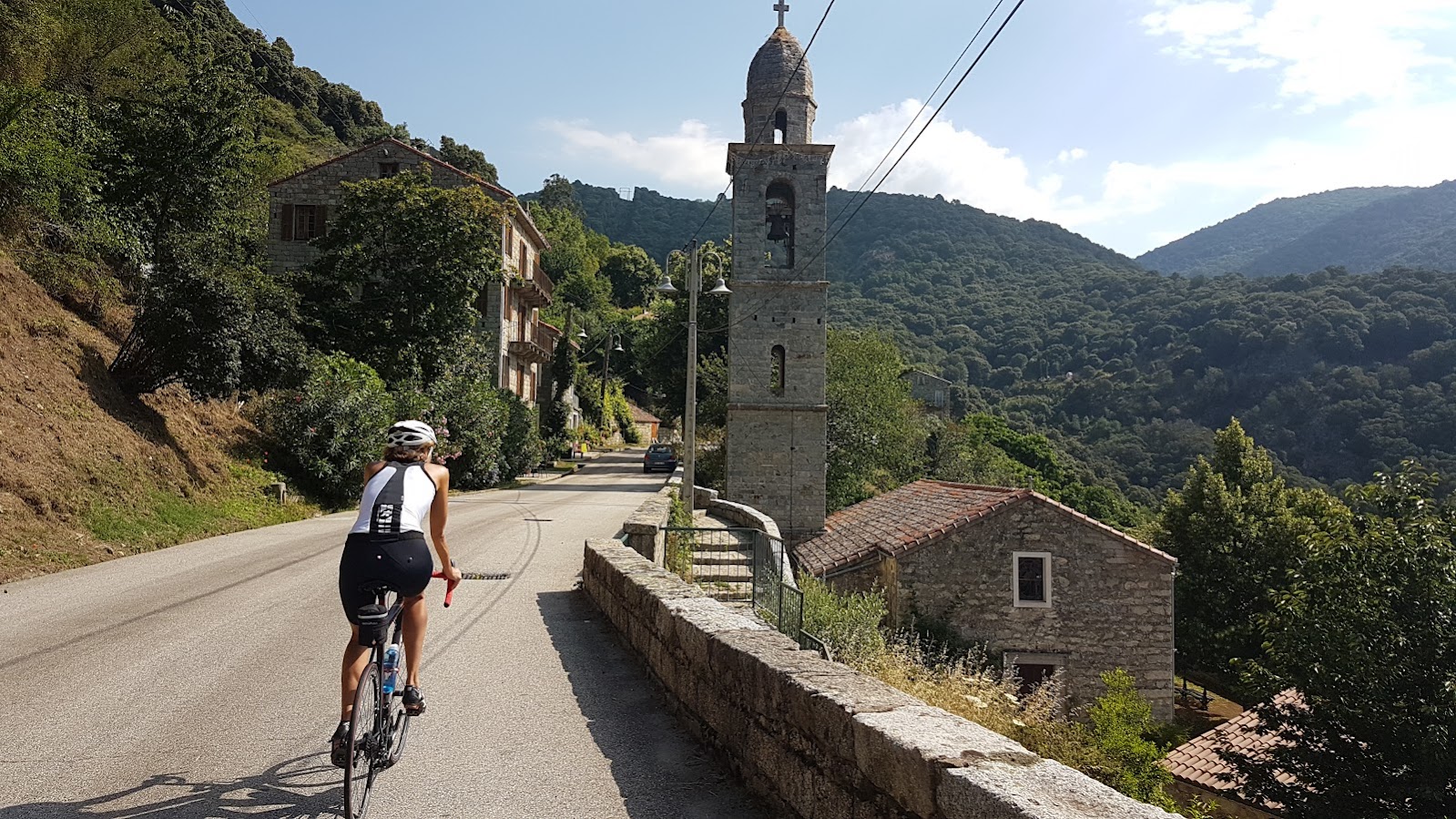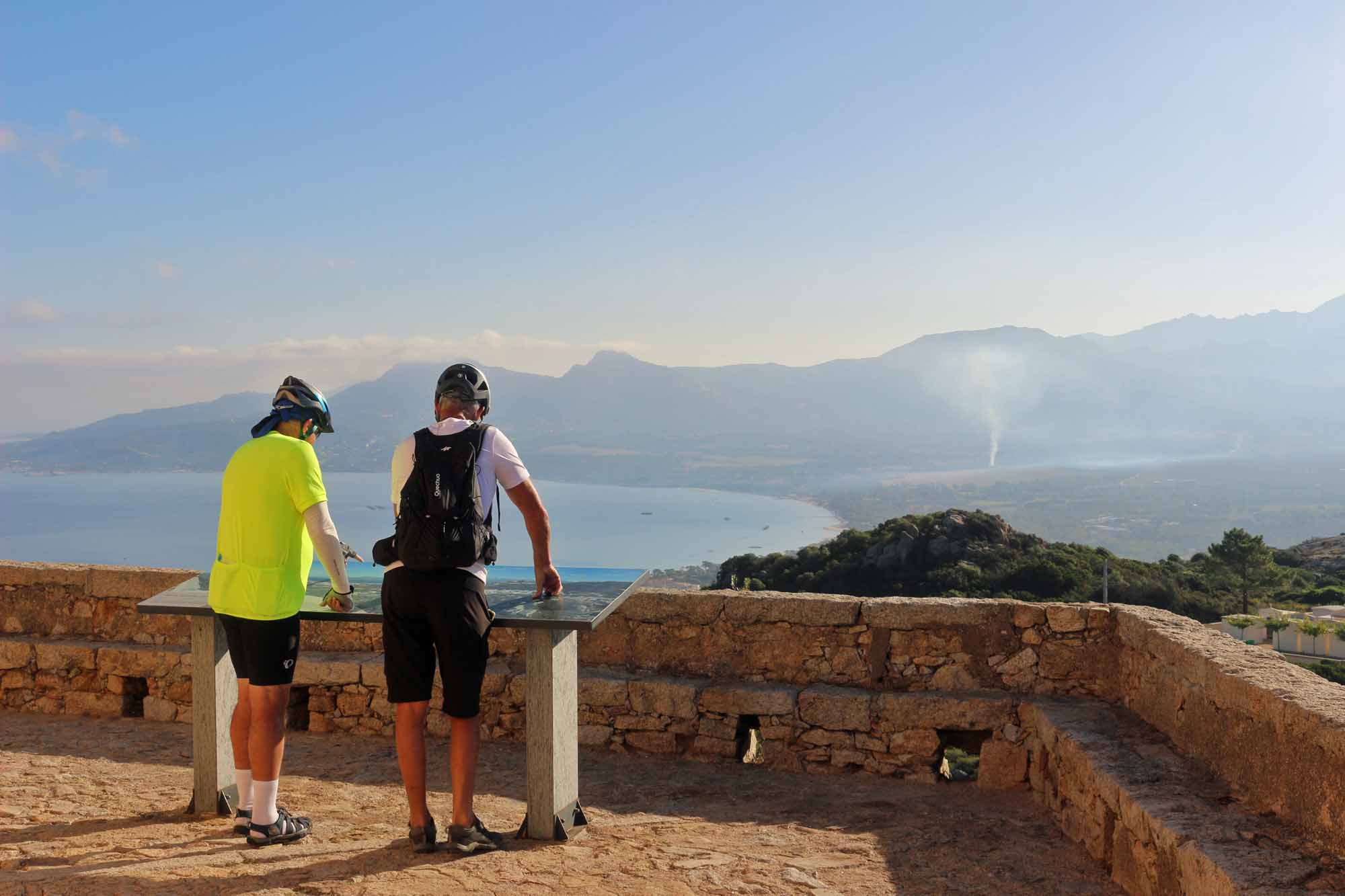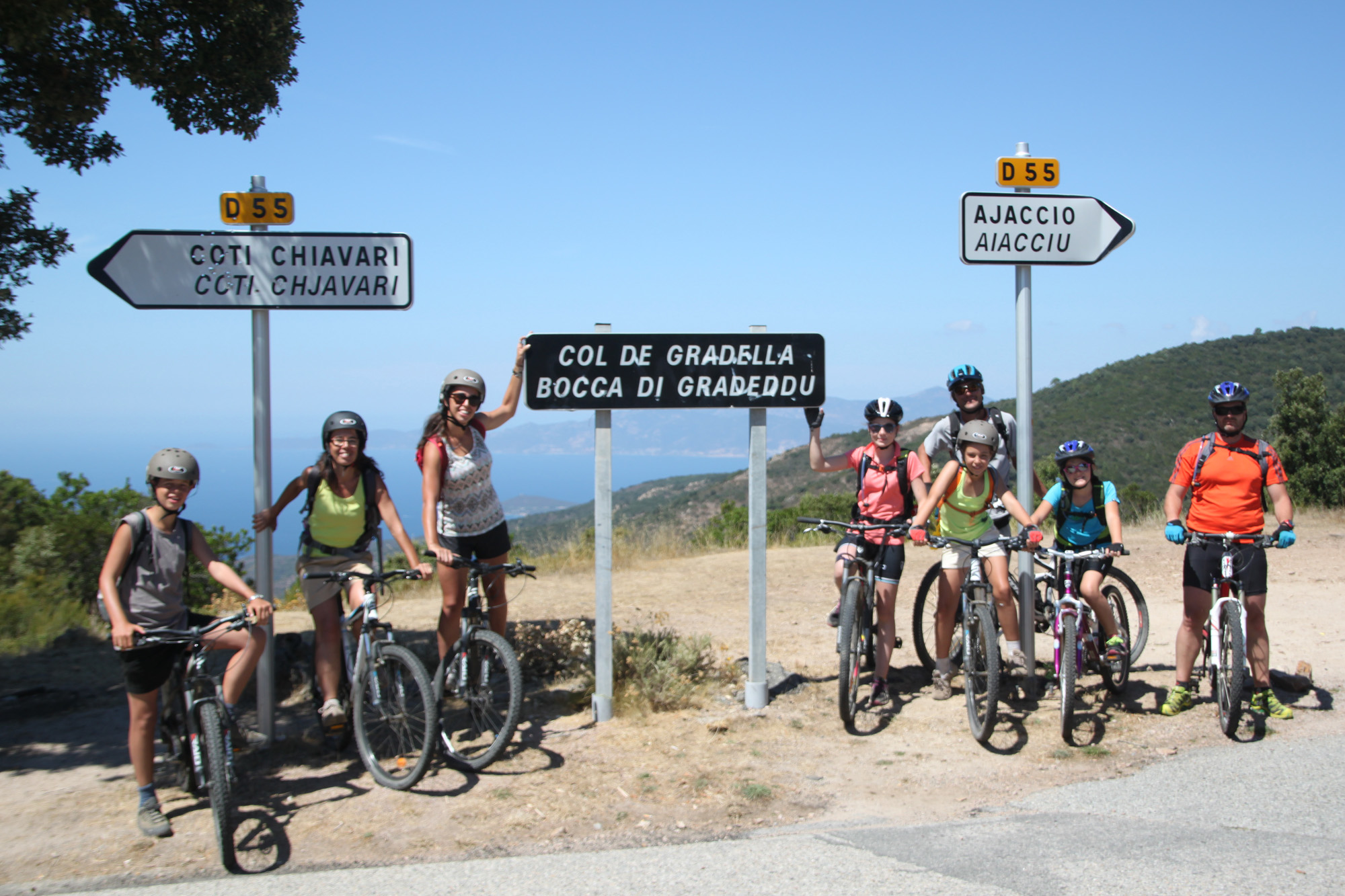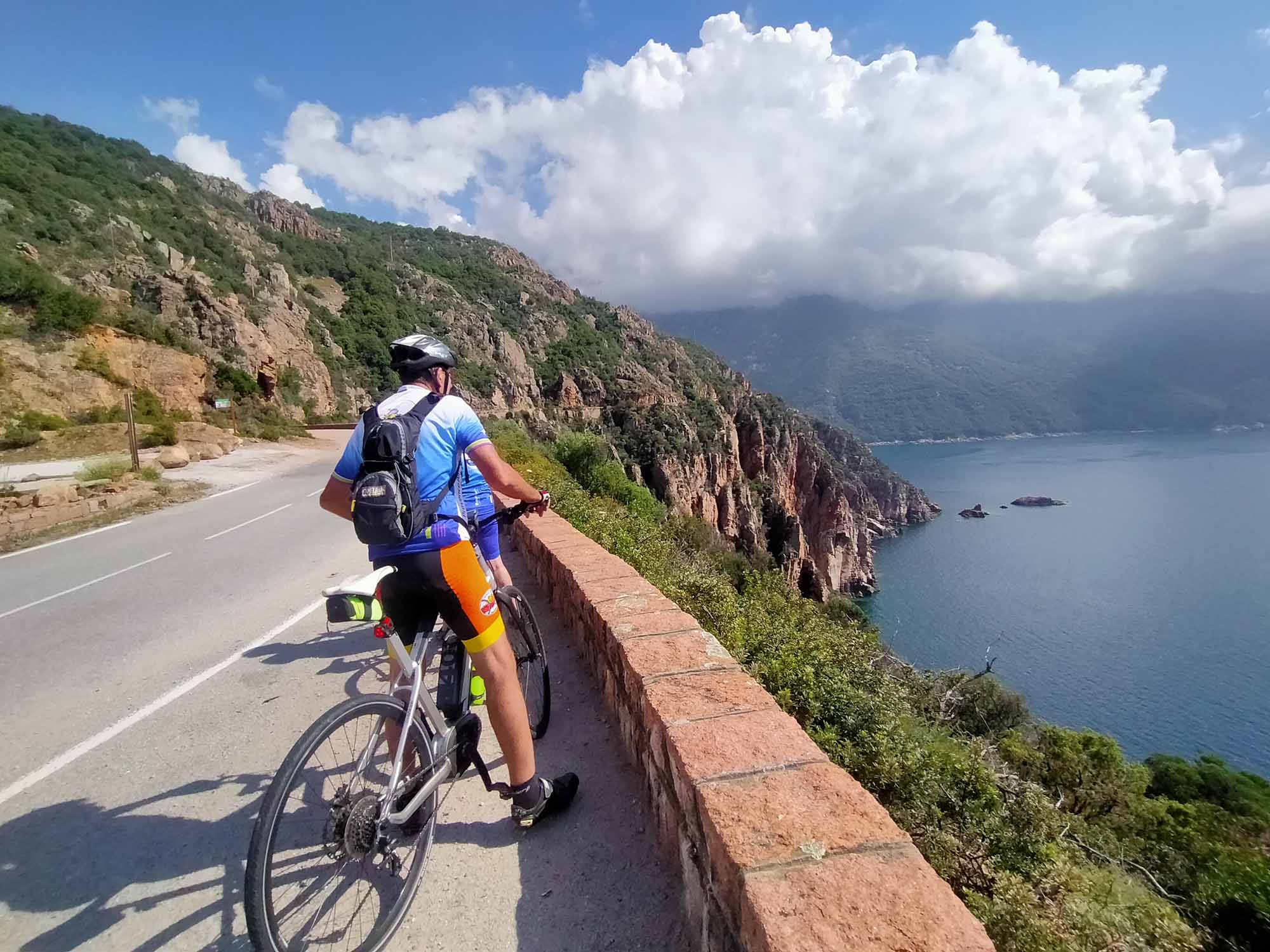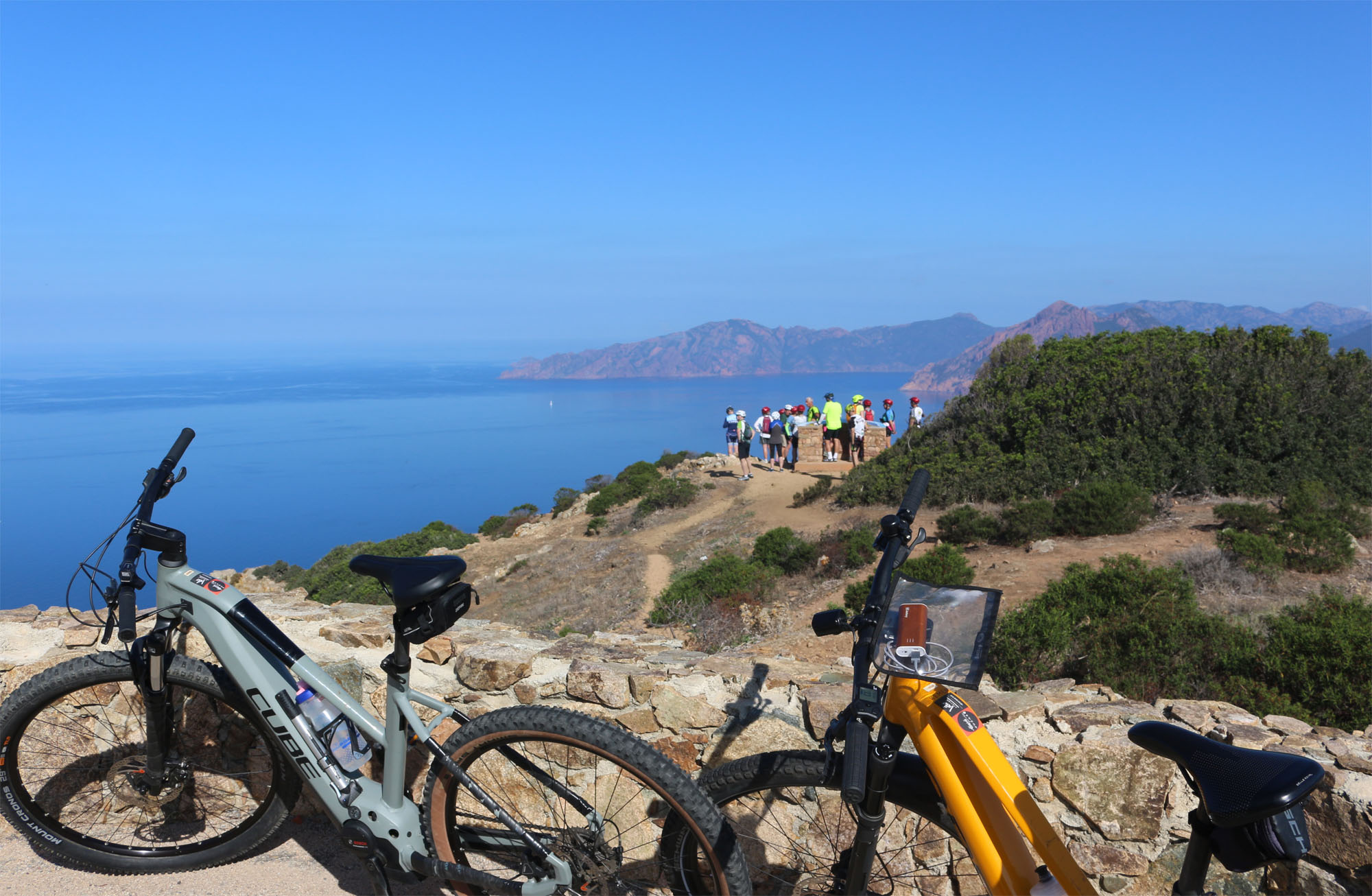
Arrival in Bastia
Check-in at your hotel, then discover Bastia, the cultural and historical capital of northern Corsica. Its authentic character and rich heritage are immediately appealing. Its winding streets are lined with magnificent Baroque churches. Mediterranean and warm, the town invites you to stroll, enjoy the lively terraces and admire the sunset over the façades of the old port, dominated by the steeples of Saint-Jean-Baptiste church.
From Bastia to Centuri
From Bastia, the route takes you along the coastal road to the north of Cap Corse. You'll pass pretty coves, separated by small villages, including Erbalunga, famous for its old village and Genoese tower. The route continues north to the village of Macinaggio. With its marina, ice-cream parlors and view of the Finocchiarola islands, Macinaggio is a must-see on Cap Corse. Next up is the ascent to the Col de la Serra (366 m), where you can see the Mattei mill, emblem of the famous brand of liqueurs of the same name. The rest of the route is exclusively downhill, first to the village of Centuri, then to its port.
From Centuri to Saint Florent
You will leave this charming port, renowned for its lobster, on a winding road heading south. Today's route follows the coastline, sometimes at sea level, sometimes at altitude, but always with a breathtaking view of the sea horizon. You'll pass through some remarkable landscapes, emblematic of Cap Corse, as well as picturesque villages, all the way to Saint-Florent. Stop for a coffee with a view at the Auberge du Chat qui Pêche, then discover the black pebble beach of Nonza and its famous Paoline tower. The end of the day will take you to the heart of the Patrimonio vineyards, before heading back down to Saint-Florent, where you'll be back by the sea.
From Saint Florent to Belgodère
Departing from Saint-Florent, a more mountainous route than on previous days awaits you. You'll start the day by crossing the Agriates desert to the Vezzu pass (311 m). A beautiful descent will then take you to the territorial road, which you will cross to take a small secondary road. This will take you to the charming village of Novella, where you can refresh yourself and top up your water tank at the church. Your second climb of the day is the Col de Croce (513 m). The final challenge awaits you: the Col de San Colombano, which offers an exceptional panorama of the Balagne coastline. After this effort, all that remains is a pleasant descent to the village of Belgodère, just a few kilometres away.
From Belgodère to Calvi
You'll leave the village of Belgodère to cross the Reginu valley, a region preserved for its rich biodiversity and known as bird country. As you travel through this valley, you'll come across some of Balagne's most emblematic villages, such as Feliceto and Muro. This undulating route takes you to the village of Calenzana, a meeting point for hikers on the GR20 or the Mare e Monti. Finally, a relatively flat road will take you to the town of Calvi, where you'll find the sea and its enchanting landscapes.
From Calvi to Galéria
Leaving Calvi, you'll reach the west coast of Corsica on a route that crosses inland along the GT20, with the ascent of the Marsolinu pass. This pass, used on stage 3 of the 2013 Tour de France, offers an exceptional panorama over the Calvi valley to the east and the Fango valley to the west.
From Galéria to Porto
Leaving Galéria, you'll begin a gradual ascent through the Fango forest to the Col de Palmarella. From here, take time to admire the panoramic views over the Scandola nature reserve and try to catch a glimpse of the fishing village of Girolata, only accessible on foot or by boat. The route continues with a long, winding descent along the various gulfs to the village of Porto, offering spectacular views of the Scandola Reserve, the Gulf of Porto and the famous Calanches de Piana.
From Porto to the Col de Vergio
A day dedicated to climbing the Vergio Pass, the island's highest road pass. You'll start by crossing the impressive Spelunca gorges, which will take you to the village of Evisa. This lively village is ideal for a gourmet break and a chance to sample the local chestnut specialities. It's then a dozen kilometres to the statue of Christ the King, which proudly dominates the Col de Vergio. Finally, a short two-kilometre descent will take you to your accommodation at Castel di Vergio.
From the Col de Vergio to Corte
From Castel de Vergio, get ready with a windbreaker and gloves for a descent of almost forty kilometres! You'll start out through a vast forest, before skirting villages and spectacular gorges. This varied itinerary will give you the chance to discover the Niolo micro-region effortlessly. Once you reach the bridge at Castirla, the road gradually rises towards the village of the same name, before turning off in the direction of Corte. The historic capital of Corsica, Corte is a dynamic town, rich in heritage, with its citadel, old town centre and regional produce all good reasons to linger.
From Corte to Ghisoni
From Corte, take the main road to the village of Venaco. After passing through Venaco, you will continue on a winding secondary road, crossing rivers, villages and mountains. At the end of the day, you'll cross the Inzecca gorges, a narrow, winding road offering breathtaking views of the Fium'Orbu river and the gorges it has shaped. You will end your day in the village of Ghisoni.
From Ghisoni to Zicavo
From Ghisoni, start your ascent of the Col de Verde (1,289 m). The fir forest offers shade and coolness all the way to the summit, where a break at the Auberge du Col de Verde is a must. A beautiful descent leads to the villages of Cozzano and Zicavo, where you'll find a grocery shop and water. From here, it's another fifteen kilometres on a road lined with free-roaming pigs before you reach the auberge on the Col de la Vaccia.
From Zicavo to Carbini
It's a day that offers a change of direction towards the sea! The last two days of cycling will give you the chance to enjoy some lovely descents through the villages of the Alta Rocca. A region of high plateaux rich in ancient remains, mountains and pastures, you'll pass through typical villages such as Aullène, then Zonza. Your day will end in the village of Carbini, exceptional for the presence of an episcopal complex of two churches, testifying to the rich history of this village.
From Carbini to Bonifacio
After a few kilometres of ascent to the Bacino pass, you will discover the emblematic landscapes of the south of the island: the bay of Santa Giulia, the Sardinian islands and the beach of Palombaggia. Your route then descends towards the village of Sotta, before climbing slightly towards Chera. A road across the Arapa plateau will then take you back to the sea. The rest of the route takes in the plains, then a main road to the sea and the village of Bonifacio, perched on its cliffs.
Programs have been drawn up according to the latest information available at the time of writing: imponderables are always possible and situations beyond our control may alter the course of the program.
